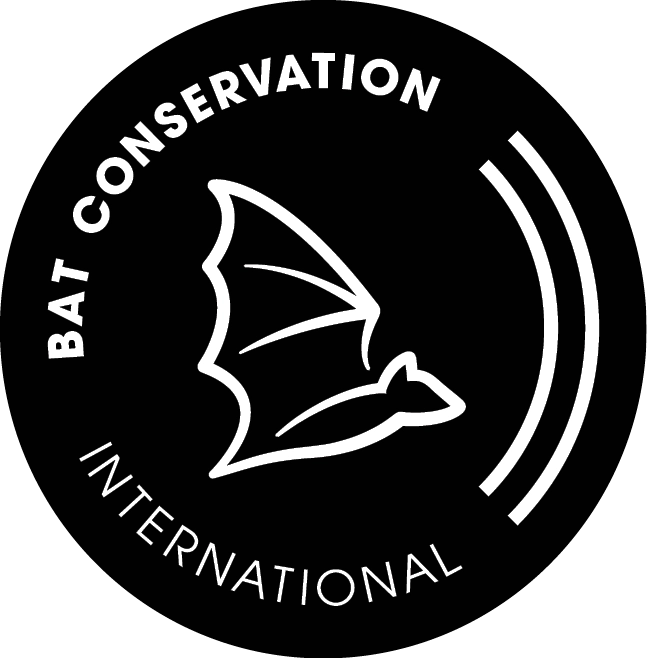ANNUAL REPORT 2024
Leveraging the Power of Science, Conservation, and Partnerships to Prevent Bat Extinctions
Annual Report 2024
Leveraging the Power of Science, Conservation, and Partnerships to Prevent Bat Extinctions






MESSAGE FROM our EXECUTIVE DIRECTOR
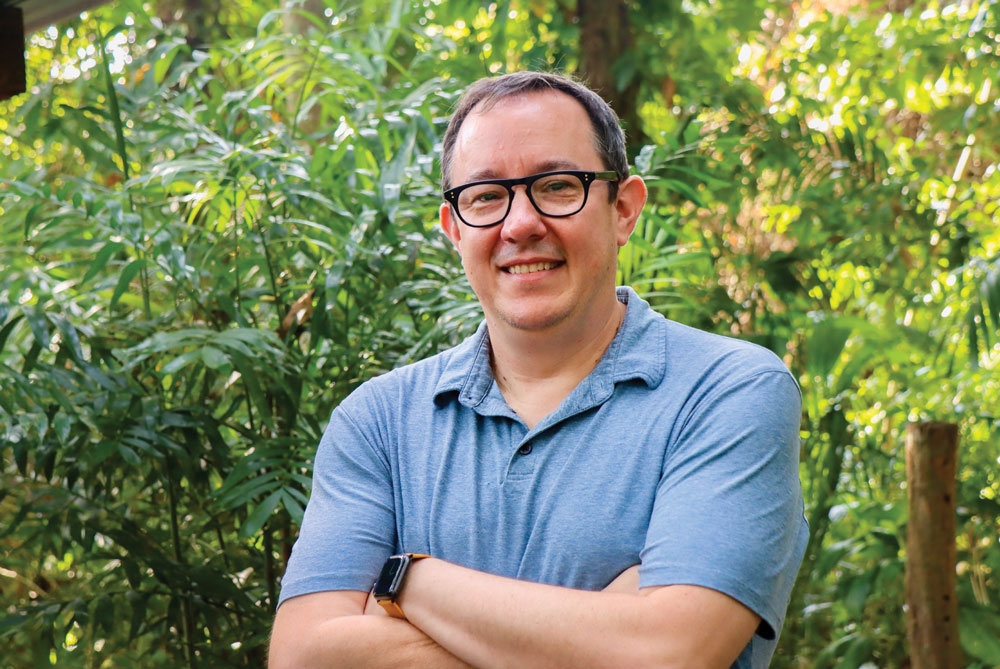
A Year of Globally Significant Conservation Victories for Bats and Nature
This year, we successfully purchased globally significant sites in Jamaica to protect habitat for the Critically Endangered Jamaican flower bat and in Kenya for the Endangered Hildegarde’s tomb bat. These critical conservation victories add to Bat Conservation International (BCI)’s track record of protecting critical sites around the world in places like Mexico, Fiji, and the American Southwest.
We also celebrated a monumental victory in our campaign to protect one of the most critically important habitats in the world for the highly Endangered Florida bonneted bat. Due to our years-long, persistent, and highly effective campaign, the destructive proposed development of the Miami Wilds theme park was decisively halted, and a critical foraging habitat for Florida bonneted bats was protected. Instead of facing imminent extinction due to destructive development, the bats now have new hope for recovery.
Our world-class conservation efforts are supported by our highly expert scientific work. This year, we were honored to be named an Evidence Champion by the Conservation Evidence program at Cambridge University for our use of scientific evidence in our conservation work. Our team published 15 scientific works and launched 28 new BCI-led research projects. These projects focus on everything from studying ways to reduce bat fatalities at wind turbines to developing a cuttingedge biotechnology tool to fight white-nose syndrome. We’re also harnessing environmental DNA (eDNA) technology to learn exactly which agave flowers bats use as they migrate and using drones to learn that 85% of plantings at agave restoration sites delivered by BCI have survived.
We extend our wholehearted thanks to our partners, supporters, and donors throughout the world. Your support has an enormous impact on the health of our shared environment as together we strive to protect the world’s bat species in the places where they need it most, today and tomorrow.
Mike Daulton
MISSION 1
Taking innovative approaches to save Endangered species for future generations
Expanding Our Work Around the Globe
- Our work expanded into four new countries: Brazil, India, Malaysia, and Mozambique
- We welcomed two new full-time staff members in Brazil and India
Photo: Jennifer Barros, Ph.D.
Protecting Vital Habitat in Mexico
In Mexico, Bat Conservation International (BCI) and partners are working to protect bats and vital cave habitat, including a new federally protected area focusing on bats as its conservation target from day one.
Hectares in a new federally protected area in Mexico
Priority roost for Mexican long-nosed bat (Leptonycteris nivalis) in new federally protected area
Prioritizing Roost Protection
Priority roosts proposed as Sites of Importance for Bat Conservation (SICOM) in Mexico as part of the Latin America Network for Bat Conservation (RELCOM)
Bat species protected under proposal
Bats protected under the proposal
Bats in these three roosts
Value of ecosystem services provided by these bats
Jamaica
We completed the purchase of a second parcel of land surrounding Stony Hill Cave to help protect the last known maternity roost for the Critically Endangered Jamaican flower bat (Phyllonycteris aphylla). The appointment of the first-ever Bat Officer for Jamaica’s National Environment and Planning Agency (NEPA) is a key part of the collaborative efforts between BCI and NEPA.
Hosting India’s First “State of the Bats” Workshop
In June, BCI hosted India’s first “State of the Bats” workshop, bringing together experts to discuss research and conservation of India’s bats and create a working network to continue conservation efforts.
Experts who attended India’s first “State of the Bats” workshop
Studying the Impacts of Wind Energy and Urbanization on Indian Bats
In India, BCI is working with graduate students to study the impacts of wind energy and urbanization on Indian bats. This is one of the first studies examining the topic, and we are working on identifying strategies to scale these projects up and learn more.
Protecting Habitat for Bats in Malaysia
In partnership with Reef Check Malaysia and Nature Based Solutions, we have supported a series of stakeholder meetings to allow a permanent roost site for ~10,000 large flying foxes (Pteropus vampyrus) on a small island called Pulau Rhu in Terengganu to be legally protected and managed as a state park. This is the country’s first joint protected area that integrates the protection of land and the surrounding marine area into a single management unit.
Launching New Initiative to Protect Colombia’s Bats
Species of Colombian bats that the initiative will help protect
Acres of land protected
Caves protected
Multidisciplinary professionals supported
Developing Protocols for Sustainable Guano Harvesting in Mozambique
We are working with scientists from Gorongosa National Park to develop monitoring protocols to understand the impacts of guano harvesting on cave ecosystems and bat populations in Central Mozambique. The first recommendations for sustainable guano harvesting have already been developed, and the information gained from these studies will help fine-tune these recommendations.
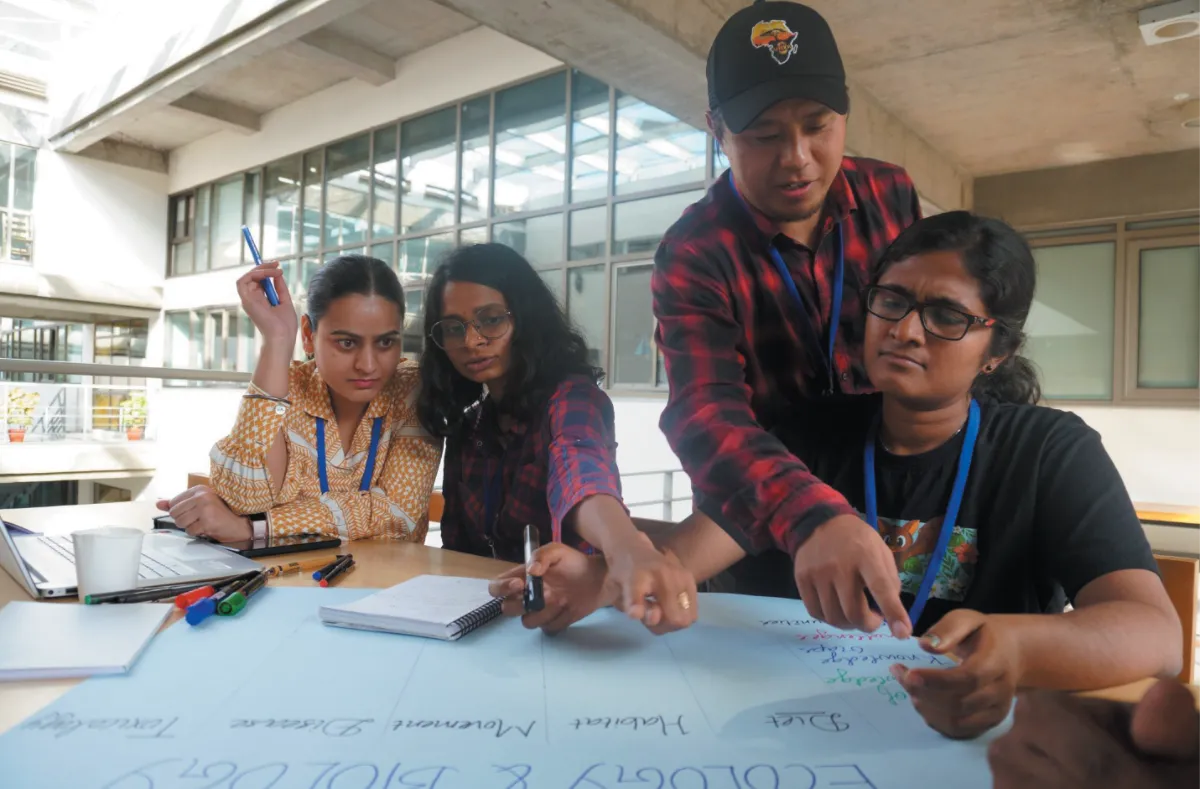
Photo: Jennifer Barros, Ph.D.
Expanding Work in Brazil
- For the first time, we have a dedicated staff member focusing on projects in Brazil: Jennifer Barros, Ph.D.
- Our new Brazil efforts focus on protecting and restoring 70 priority caves and surrounding habitat to benefit Endangered bat species on private and public lands.
Discoveries in Brazil
- We discovered a new-to-science hot cave in Brazil.
- We discovered the Brazilian funnel-eared bat (Natalus macrourus) in seven additional caves, which we are working to protect.
Photo: MGambaRios
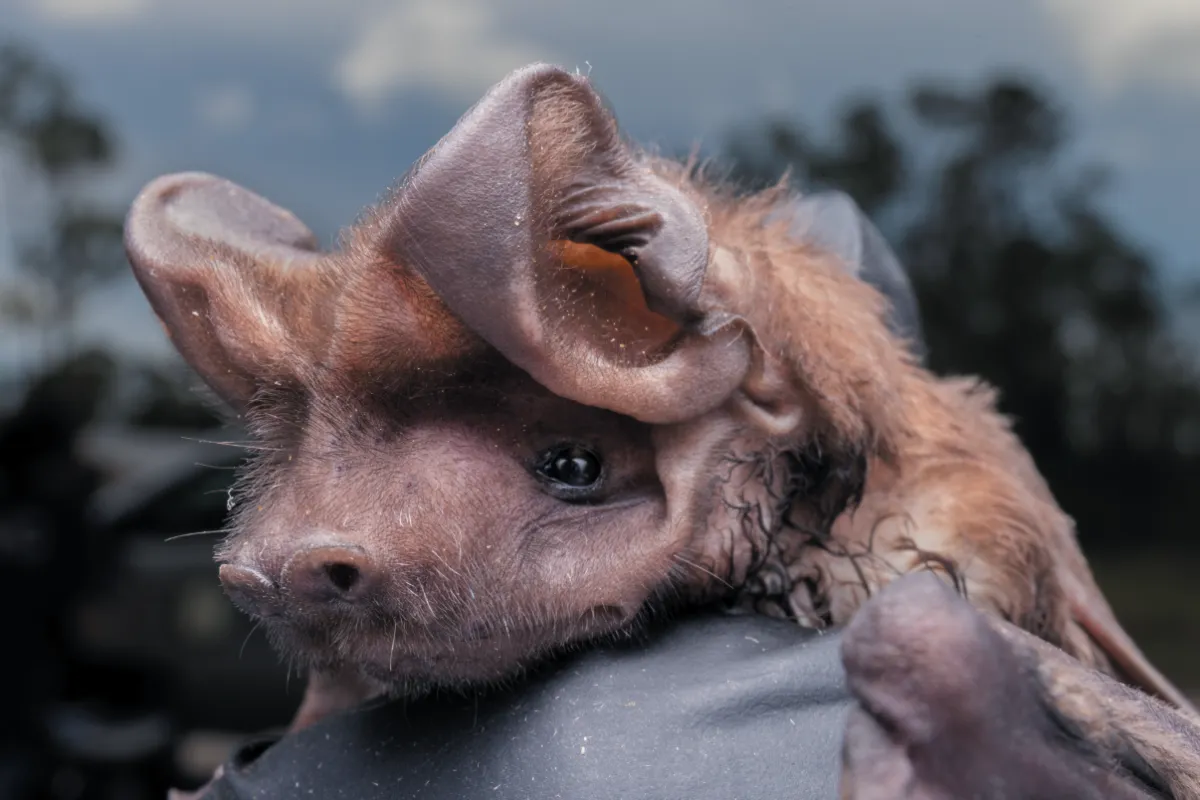
Photo: MGambaRios
Developing the Nakanacagi Bat Sanctuary Management Plan in Fiji
We worked with Fijian partners to develop the Nakanacagi Bat Sanctuary Management Plan so it could be presented to the Fijian Government in August 2024. This will protect the last known maternity roost for the Endangered Fijian free-tailed bat (Mops bregullae).
Guinea
We contributed to a newly compiled national species priority list that assigns list criteria and categories to Guinea’s threatened bat species for a national biodiversity conservation initiative, Biotope’s COMBO+ project.
Victory for Florida Bonneted Bats
BCI and our partners successfully rebuffed a water park development on the most important foraging area for federally Endangered Florida bonneted bats (Eumops floridanus) in Miami through a win in federal court and grassroots advocacy opposing the development. We were backed by a strong foundation of research and a successful conservation initiative to understand and recover Florida bonneted bat populations.
Designating Critical Habitat for Endangered Florida Bonneted Bat
More than 1.1 million acres are now designated as critical habitat in 13 Florida counties following an agreement with the U.S. Fish and Wildlife Service. They clarified that essential foraging areas are critical habitat in urban areas and are protected under this court ruling, explaining that darkness is essential for bats. Florida bonneted bats, which live only in South Florida, are threatened by habitat loss, development, and climate change.
Kaboga Cave, Kenya
We purchased Kaboga Cave and the surrounding land to protect the Endangered Hildegarde’s tomb bat (Taphozous hildegardeae), which is only known to live in three or four caves. The cave and land were gifted to Kenyan Community Empowerment NGO Angaza Vijiji to manage it. We joined with partners to install camera traps, work on regulating access, and conduct ongoing outreach efforts in the larger community and neighborhood.
Working with Communities in Kenya
We worked with partners to host workshops in Fikirini and Watamu, Kenya, to help the communities develop their own conservation action plans. Two workshops were held in early 2024, resulting in community members formulating an action plan. This plan is now the basis for conservation management and livelihood development in coastal Kenya.
Workshops held in early 2024
Participants in workshops
Trees planted at Fikirini

Planting Agave for Bats in the U.S. and mexico
eDNA samples collected
States where we planted native agaves in foraging areas and migratory corridors for nectar-feeding bats (Arizona, New Mexico, Texas)
Agaves planted on abandoned mine lands under rehabilitation
Native and salvaged agaves planted in Alpine, Texas, public outreach garden
Outreach events focusing on bats, agaves, and BCI’s restoration work
Total participants in outreach events
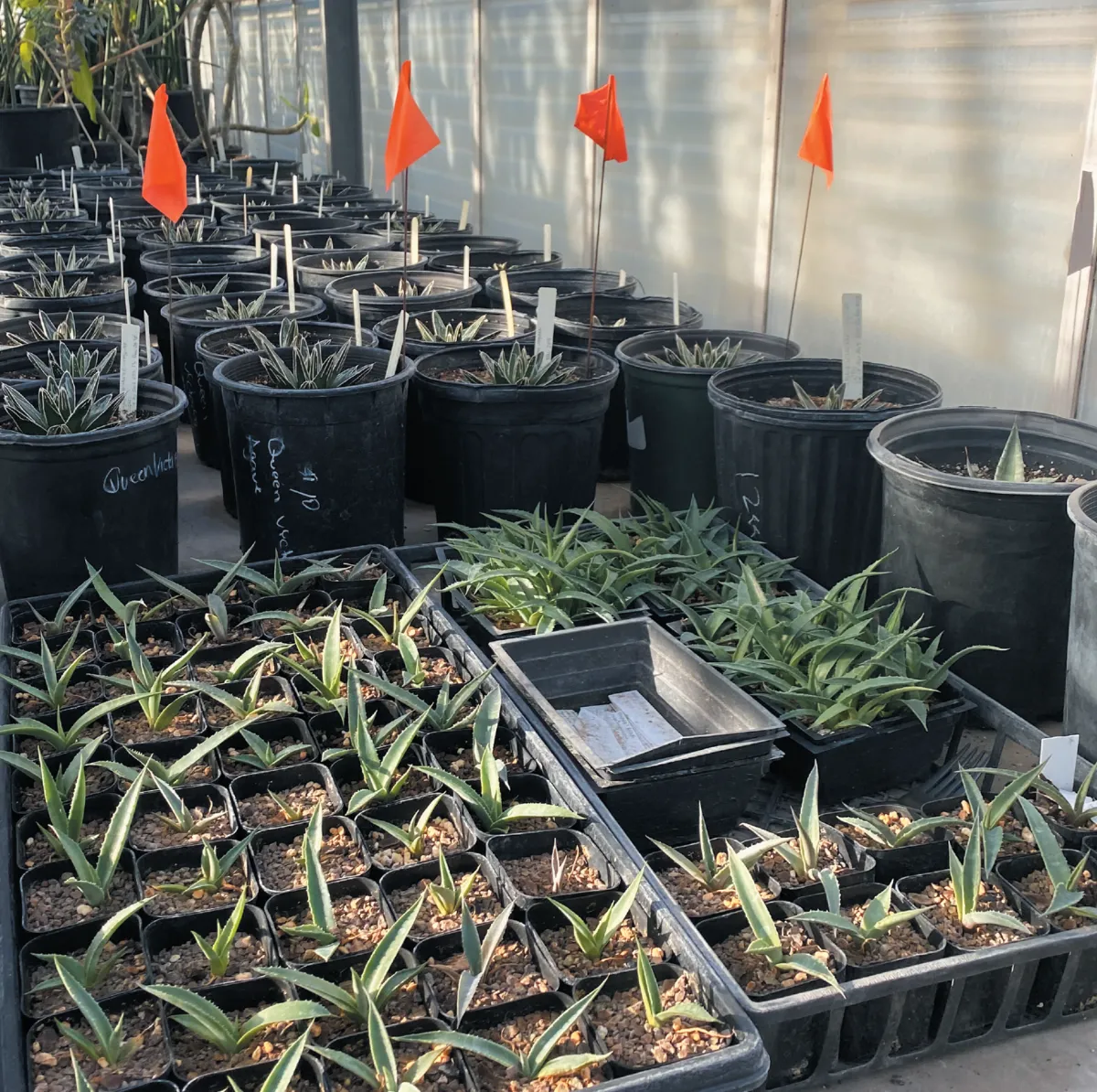
Photo: Rachel Burke
Photo: Rachel Burke
Texas Master Naturalist Tierra Grande
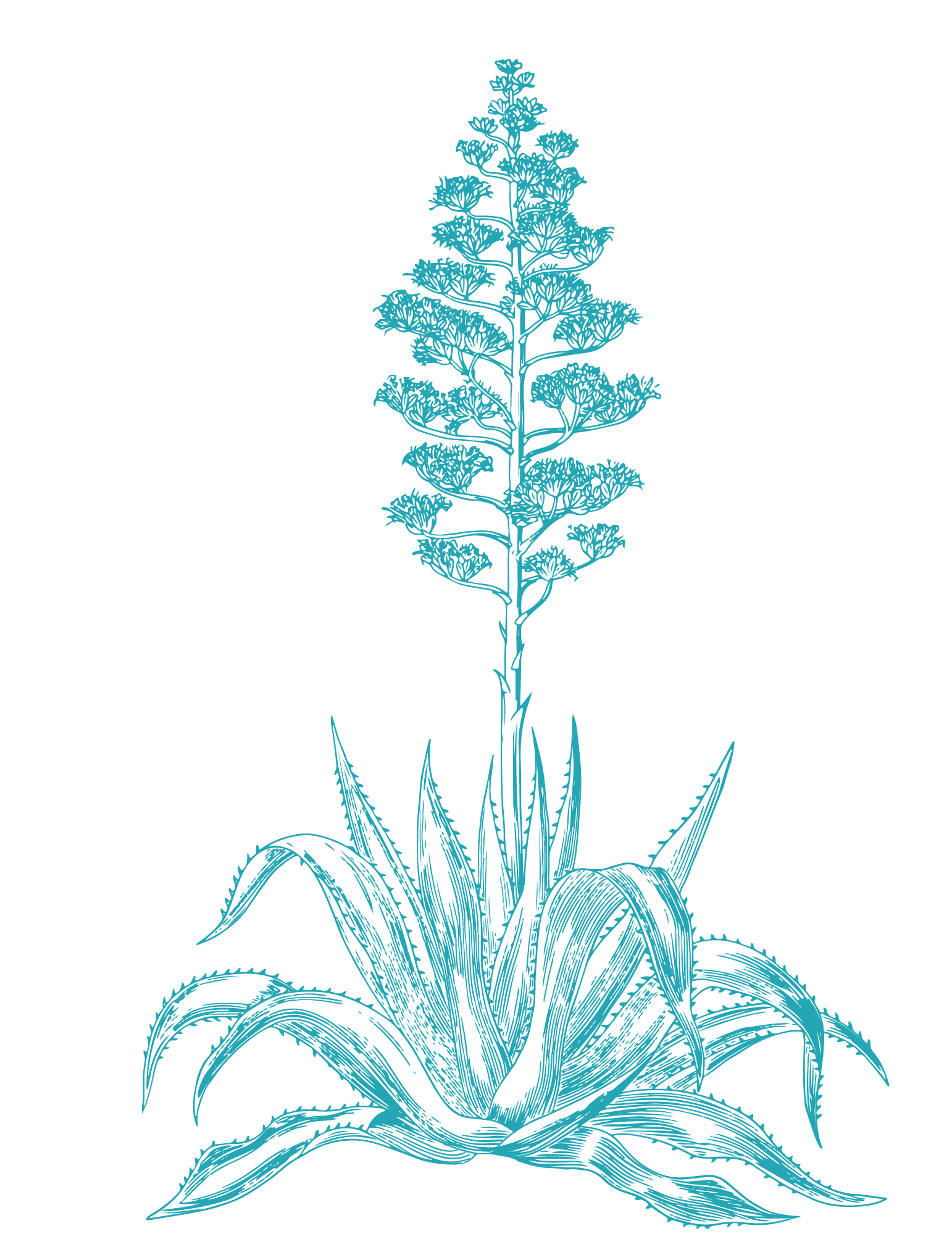

Photo: Valeria Cañedo/CENKO
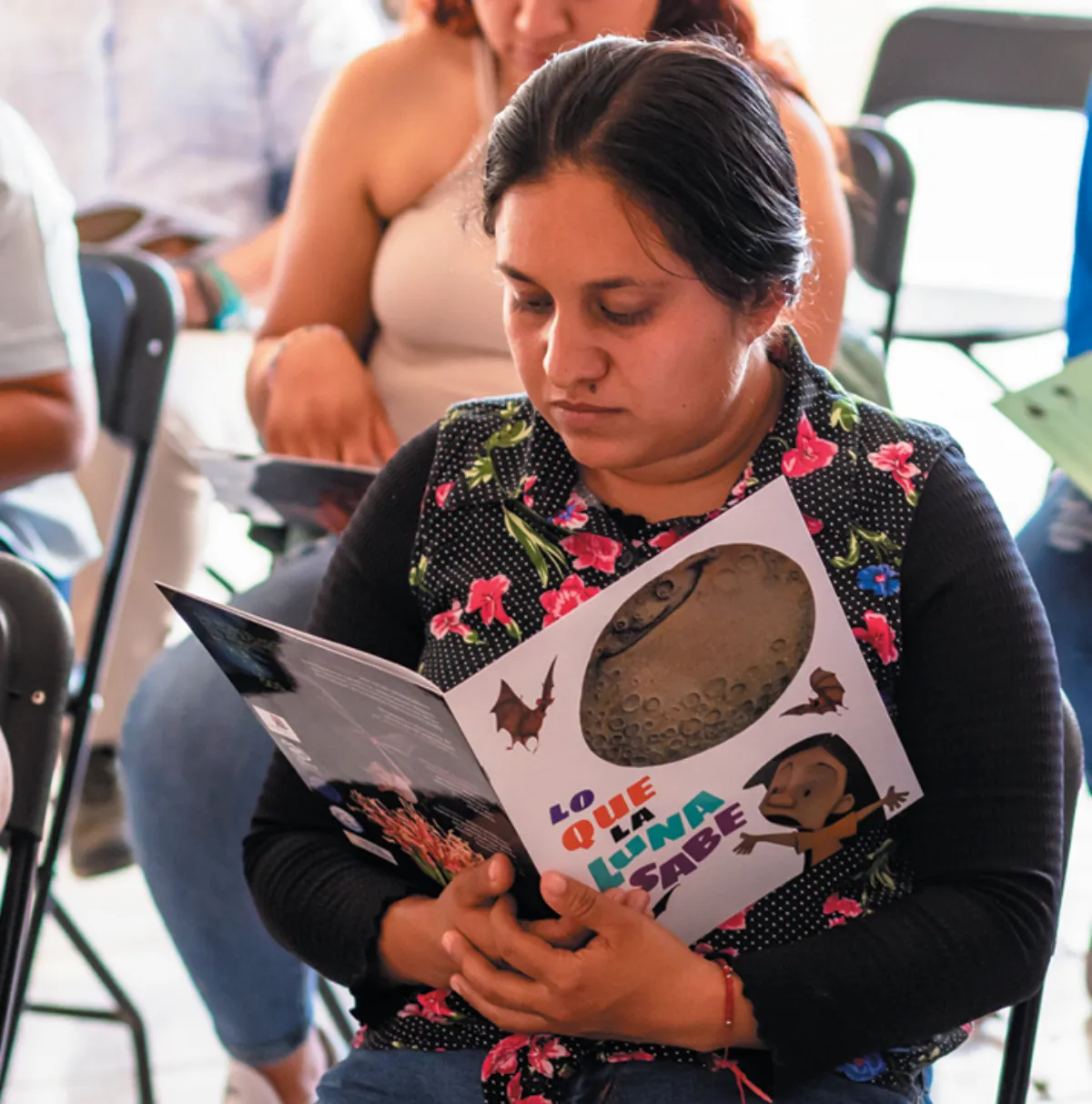
Photo: Ruben Galicia
Photo: Jose Juan Flores/ESHAC
Protecting Mexican Agaves for Bats
We collaborated to host a summit bringing together people who are working with agave, as well as focusing on community-based projects.
Participants in Northwestern Mexico Agave Summit
Organizations represented at the summit
New community-based projects as part of Sahuaripa River watershed restoration
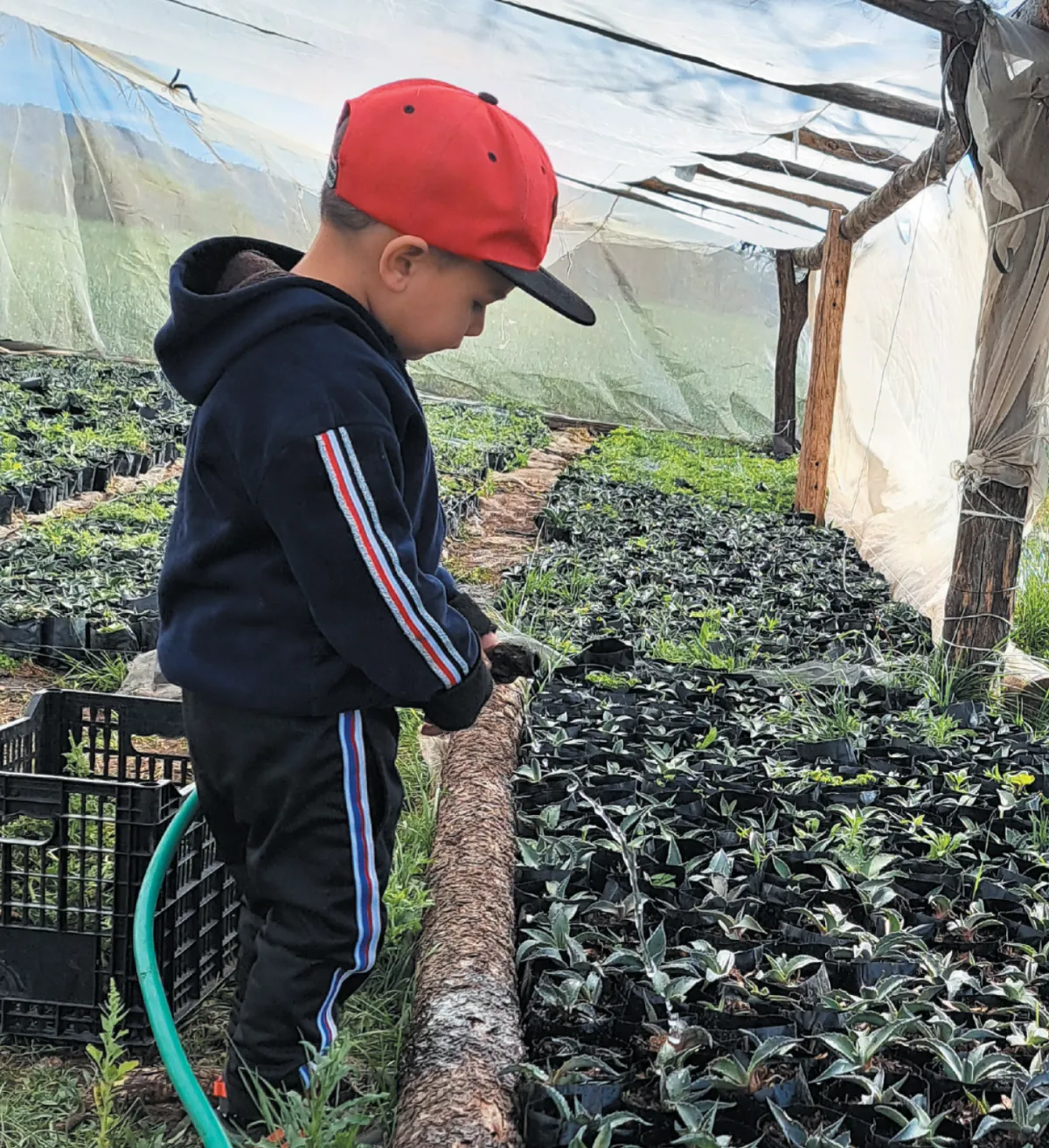
Photo: Ana Ibarra/BCI
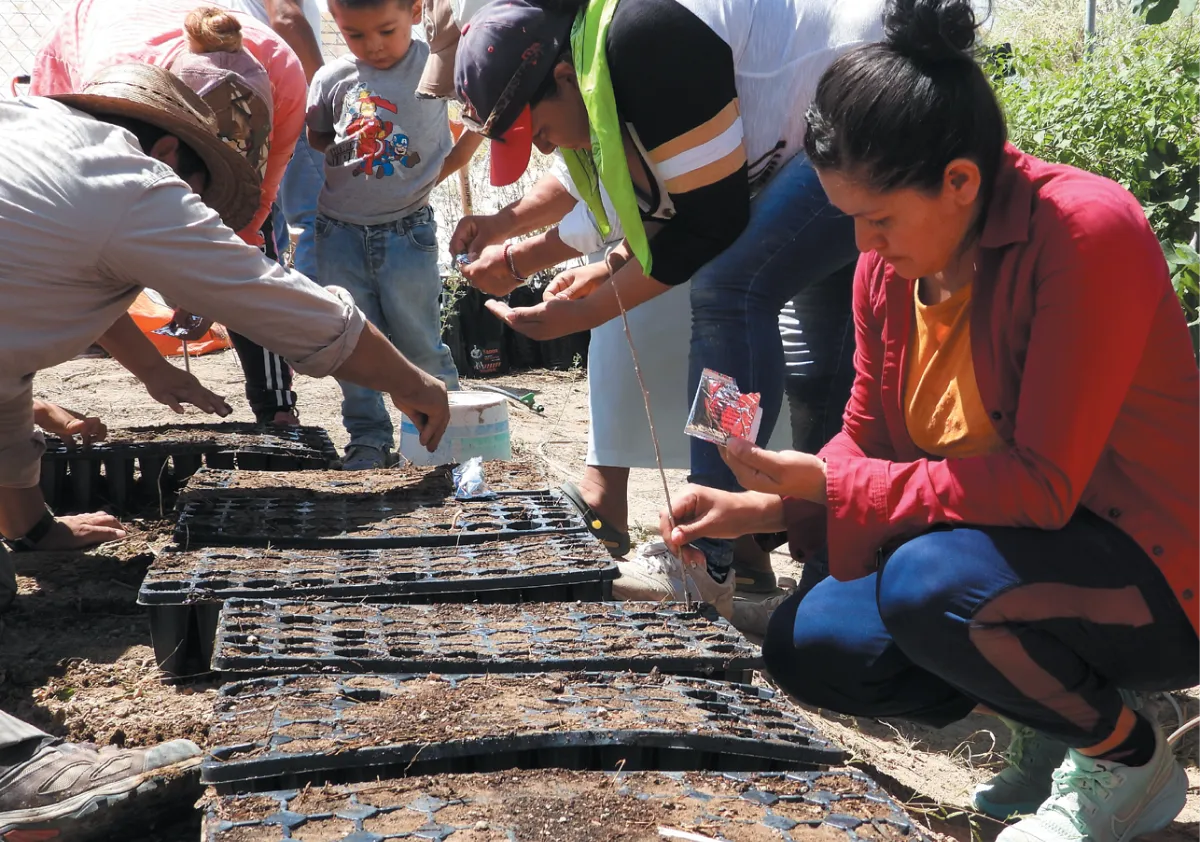
Photo: Jose Juan Flores/ESHAC
Partnering with Communities to Support Agave Restoration in Mexico
San Luis Potosí and Zacatecas
Community nurseries we supported in San Luis Potosí and Zacatecas
Native agaves and medicinal plants grown
Nuevo León and Coahuila
Total agaves being raised in nurseries that will eventually be planted
Agave restoration sites local partner Especies, Sociedad y Hábitat A.C (ESHAC) surveyed by drone
Survival rate of agaves on these sites
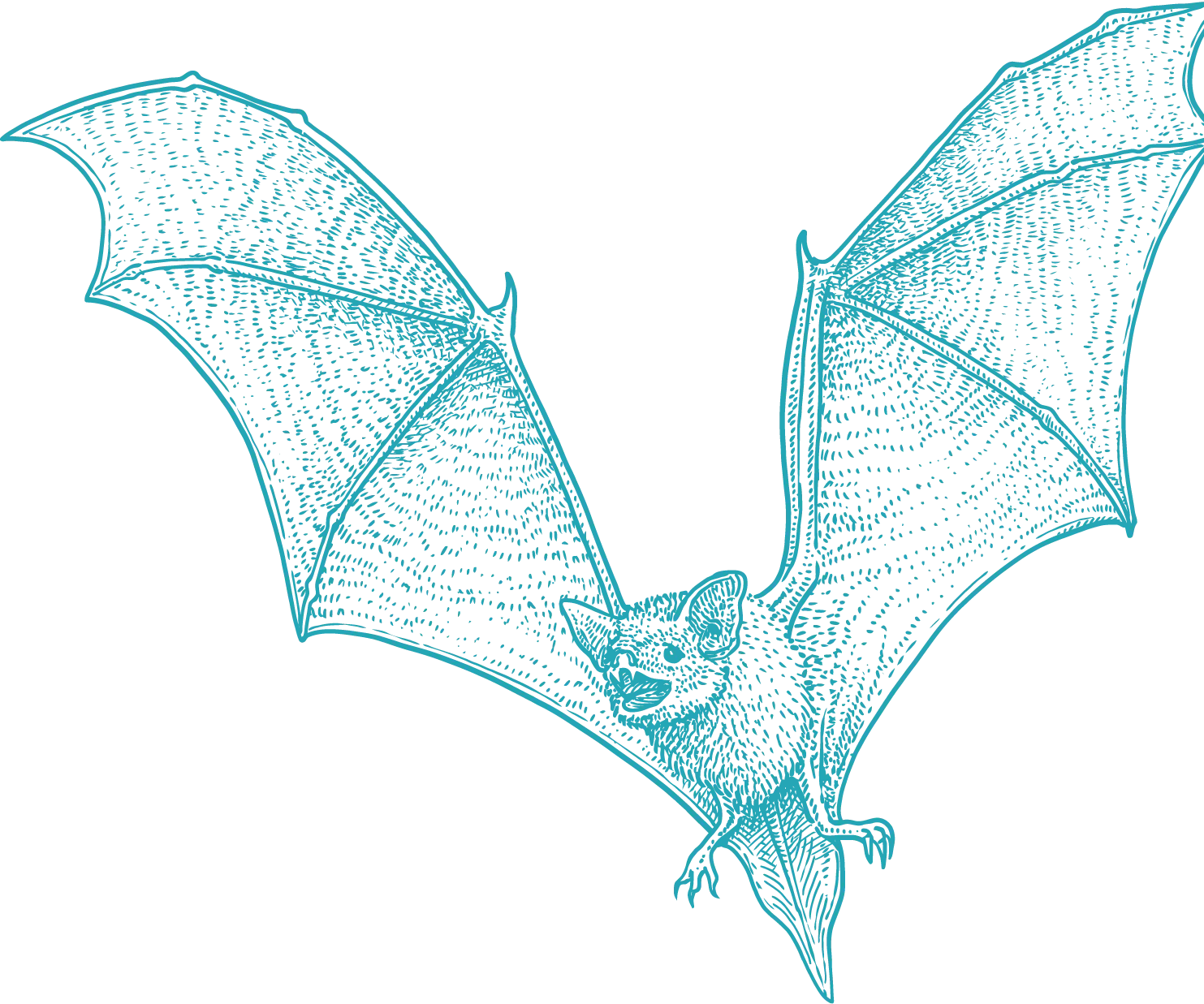
Northern Coahuila and Chihuahua
We expanded community conservation and restoration work to four additional communities in these areas. We are also supporting Rio Bravo Restoration’s work to provide restoration ranching seminars for four ejidos (communally owned and managed lands).
Nuevo León and Coahuila
Hectares of community land in southern Nuevo León being managed to improve soil and water retention and quality
Agaves planted from community nurseries
Agaves planted from transplanted hijos (agave offshoots)
La Mojonera Protected Area
Hectares restored in ejidos in La Mojonera Protected Area
Agaves, prickly pear, and medicinal plants planted there
Community members (from 9 communities) who participated in restoration, nursery management, and capacity-building workshops
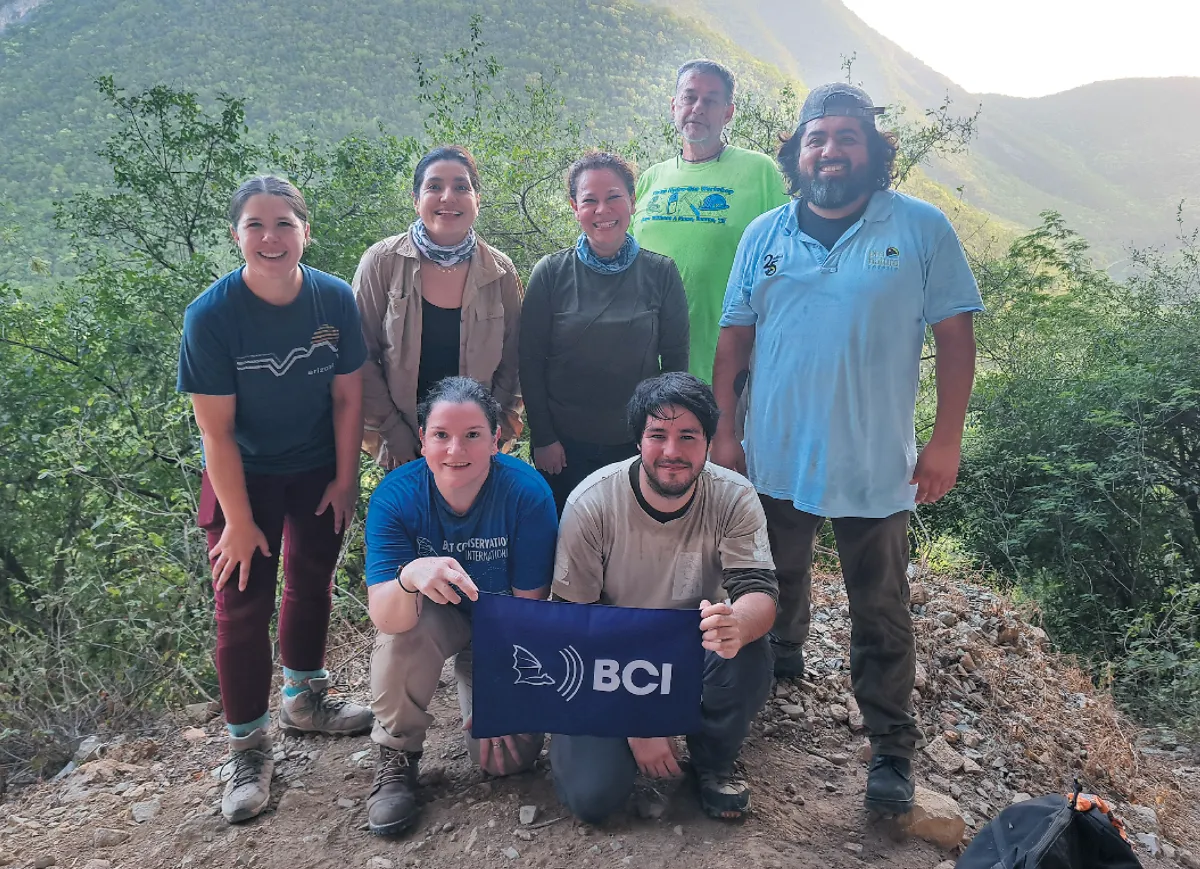
Photo: Diana González
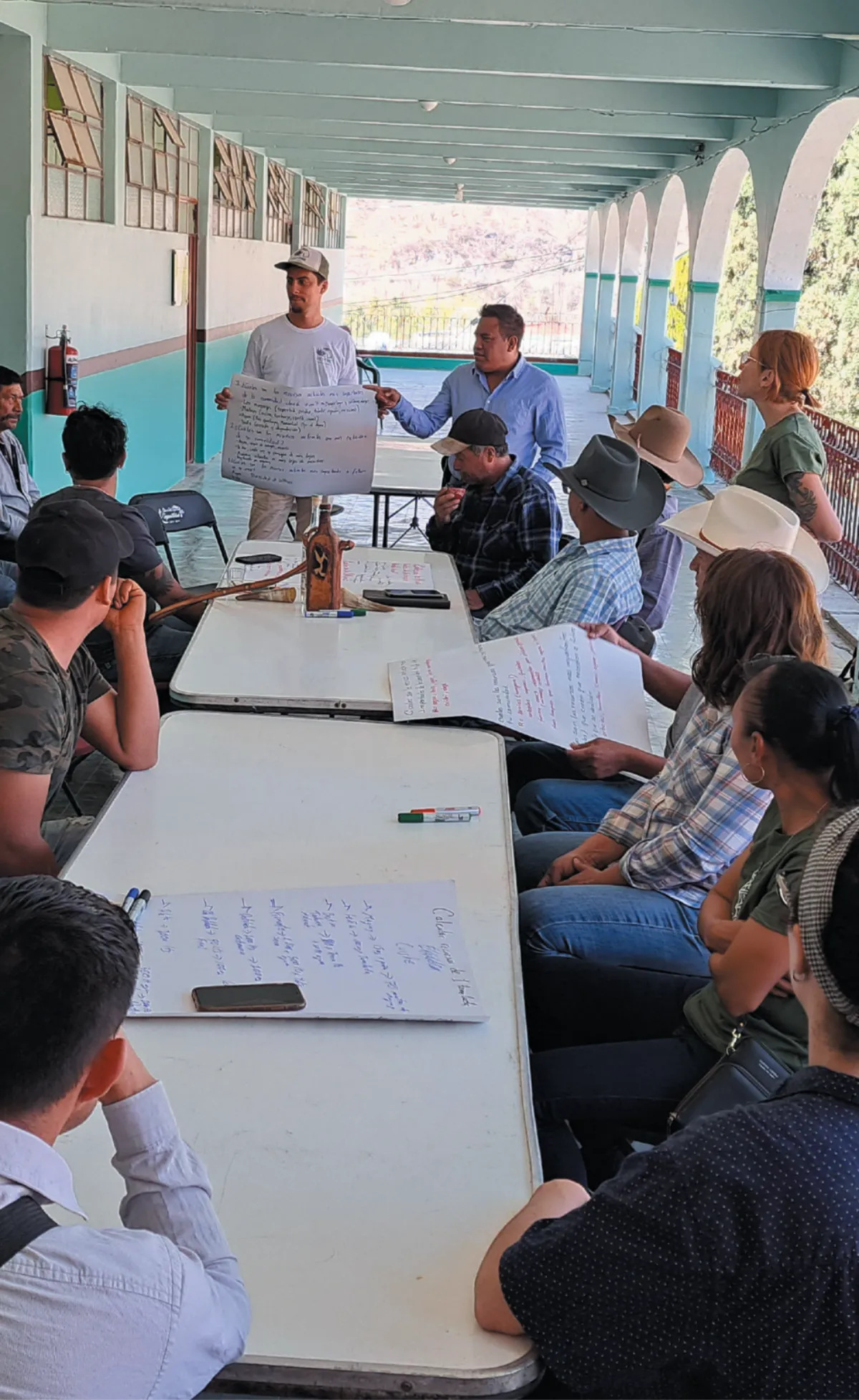
Photo: Ana Ibarra, Ph.D.
Fondo Agavero Mexico

Photo: Ana Ibarra, Ph.D.


Photos: BATTUS
Participants (in person and virtual) in Bat Fest Monterrey
Schools where the “Bat Friends Forever” (BFF) program was implemented
Students engaged with BFF
Teachers trained on BFF
Nuevo León community educational events held
Participants in these events
New educational program launched by local partner Bioconciencia
New communications materials to share BCI’s Agave Restoration Initiative
Supporting Local Economies
New community business projects launched by local partner ESHAC (including two agroforestry projects, dairy expansion, and ecotourism)
People these projects benefit
Women in women-owned businesses supported
Cattle producers working with BCI-hired community business consultant to convert production practices to organic (from 11 communities from La Mojonera Protected Area)
Hectares benefited by transition to organic production
Cattle producers benefiting from new livestock water management system installed to restore degraded rangelands
Women’s groups participating in BCI-hosted cross-regional women’s Exchange of Experience
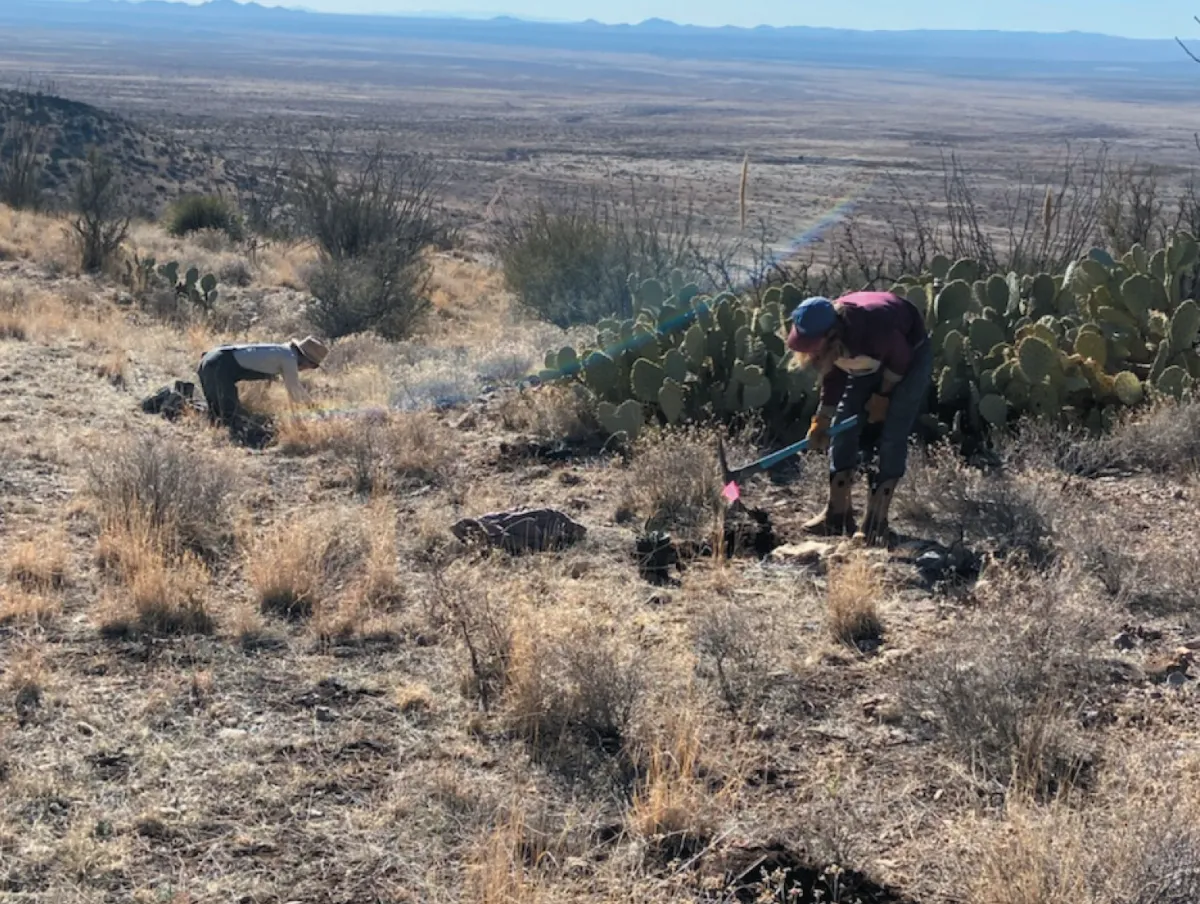
Photo: Brianna Mann
Mission 2
creating strategies for safeguarding ecosystems and revitalizing natural habitats
Teaming Up to Restore Agave Habitat in Texas
Restoring Watersheds and Streams After Devastating Wildfire
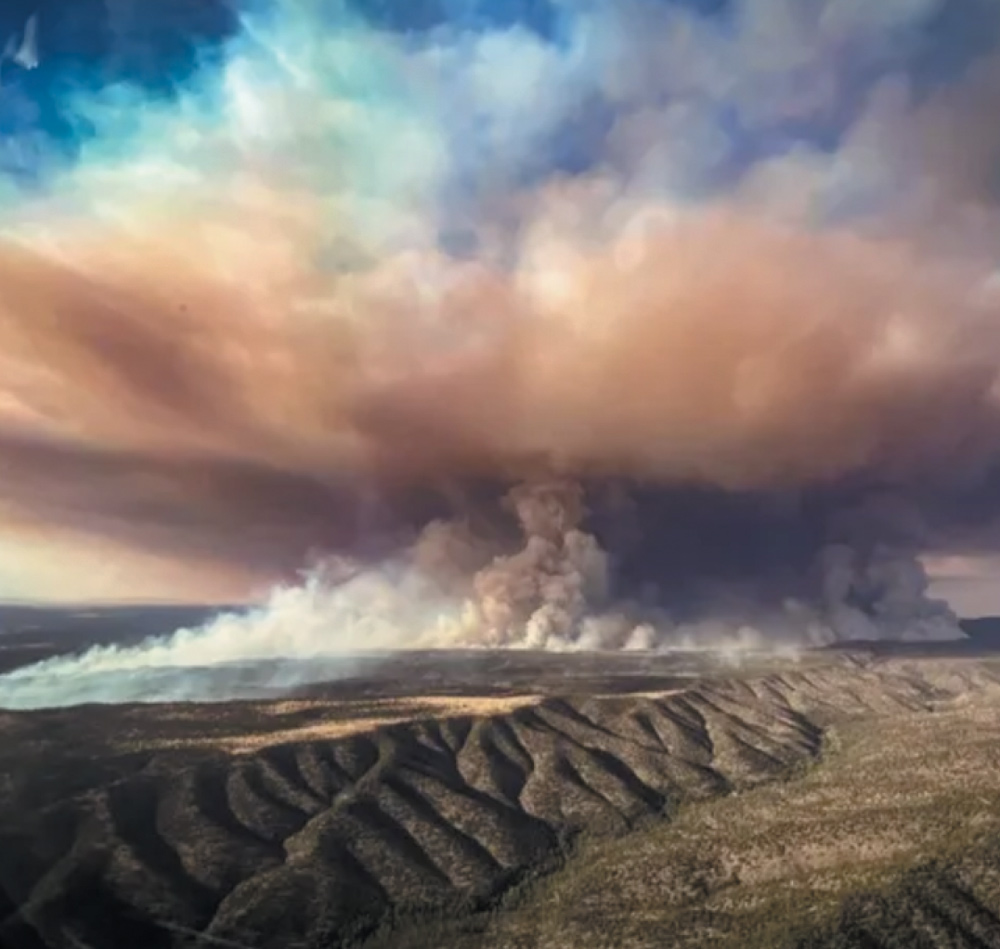
Our Restoration Team has already completed two miles of stream restoration in the Aldo Leopold Wilderness, helping jump-start recovery and providing critical water and foraging resources.
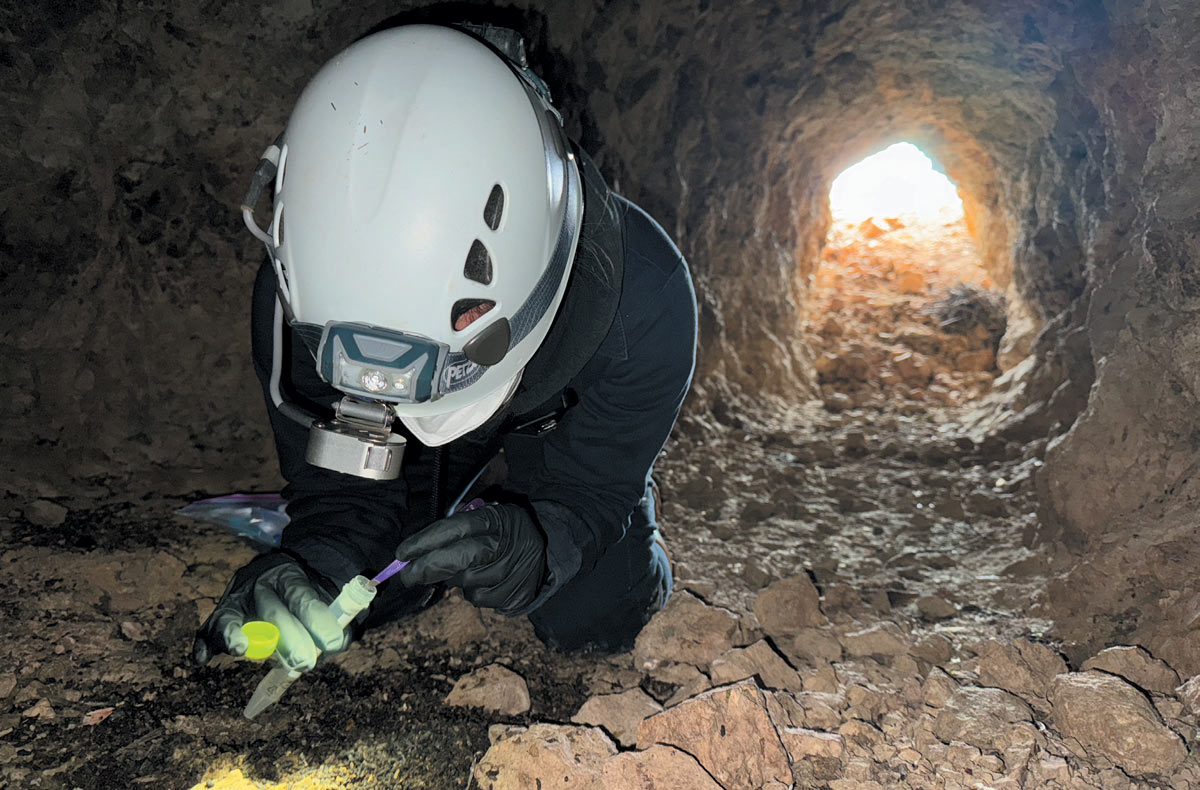
Protecting Bats and People at Abandoned Mines
We are pursuing this work through national agreements with the Bureau of Land Management (BLM), with projects across the western U.S., and with the Department of Energy’s Defense-Related Uranium Mines (DRUM) program, which involves a significant amount of work in the Four Corners region. We also continue to work under multi-year agreements with the U.S. Forest Service (USFS) Region 3 (Arizona/New Mexico) and the Department of Defense (DOD) at White Sands Missile Range (New Mexico). Additionally, we entered into new major partnerships with other federal agencies last year.
Our team has the knowledge, expertise, and experience to safely survey abandoned mines to conduct these habitat assessments, which is why federal land managers partner with us through these agreements.
Strengthening Partnerships with New Multi-Year Agency Agreements
Last year, we also entered into a new partnership with the U.S. Fish and Wildlife Service to focus on abandoned mine bat habitat projects at several National Wildlife Refuges. We completed projects at San Diego National Wildlife Refuge in California and Sevilleta National Wildlife Refuge in New Mexico. Additional projects are underway at three National Wildlife Refuges in Arizona—Buenos Aires, Cabeza Prieta, and Kofa—as well as Desert National Wildlife Refuge in Nevada and Little Pend Oreille National Wildlife Refuge in Washington.
These agreements focus on identifying and safeguarding abandoned mines on public lands. Our role is to determine bat and wildlife use and overall wildlife habitat quality to inform the protection of that habitat through bat-compatible gates (instead of destructive closures that seal the openings entirely).
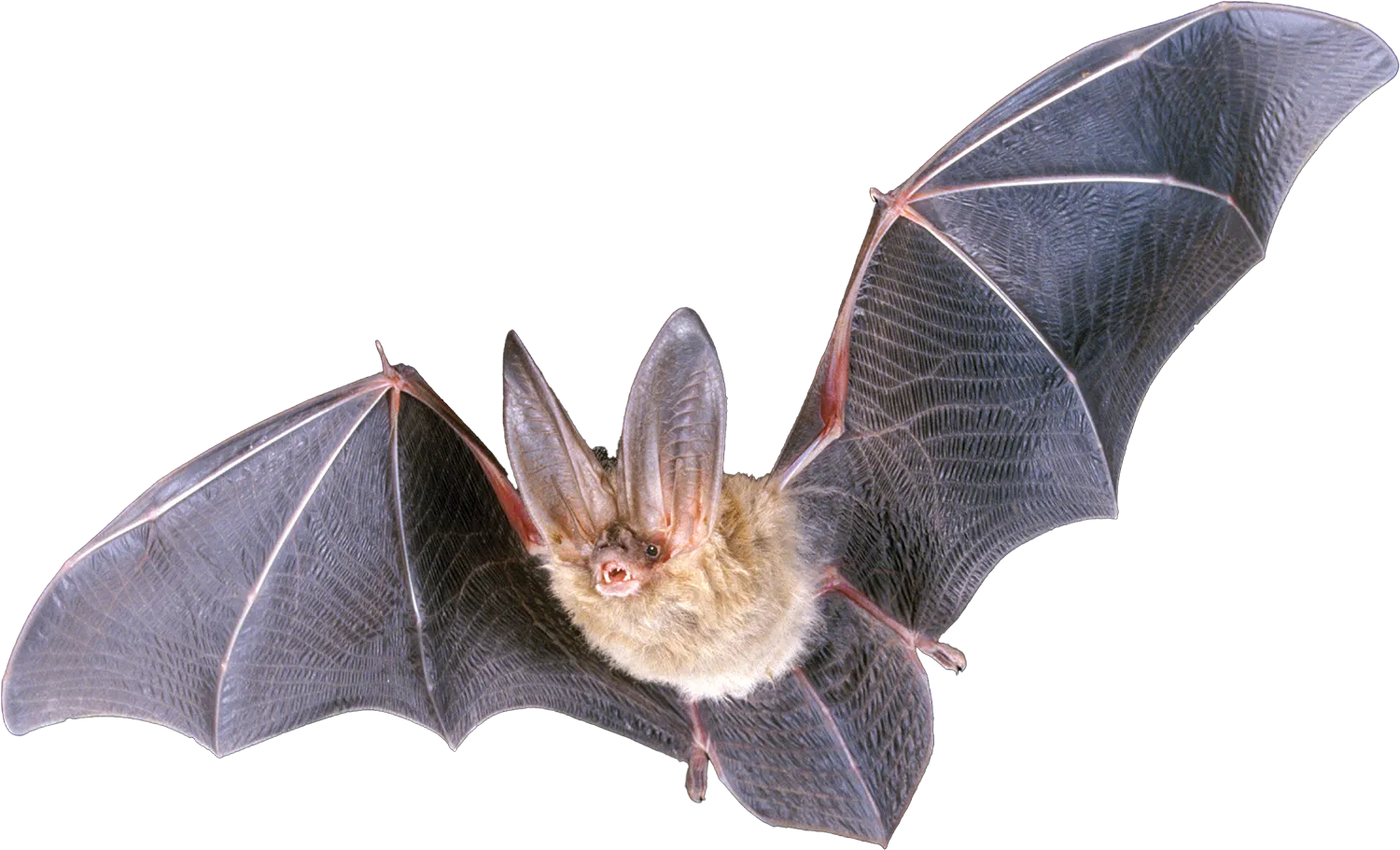
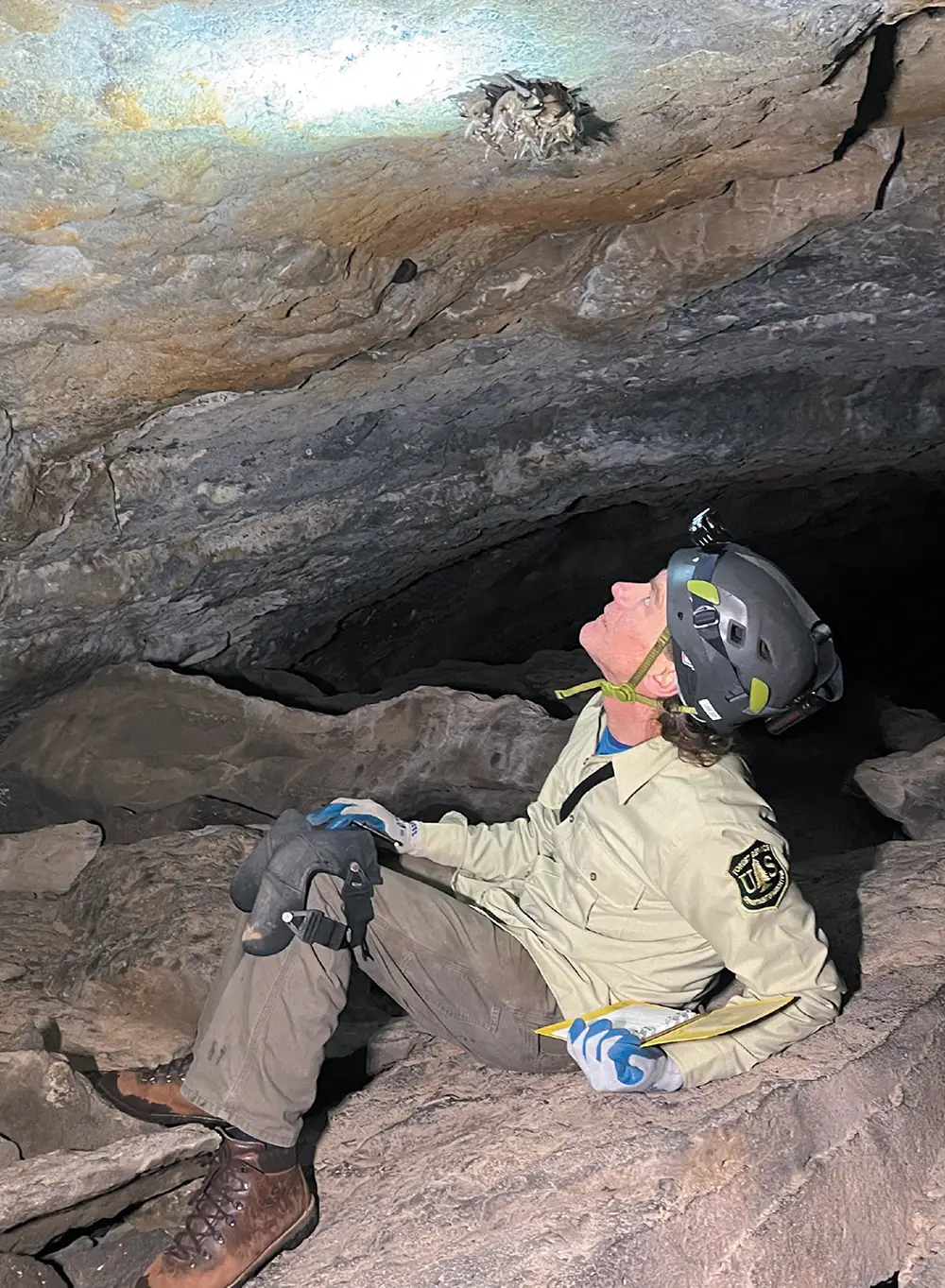
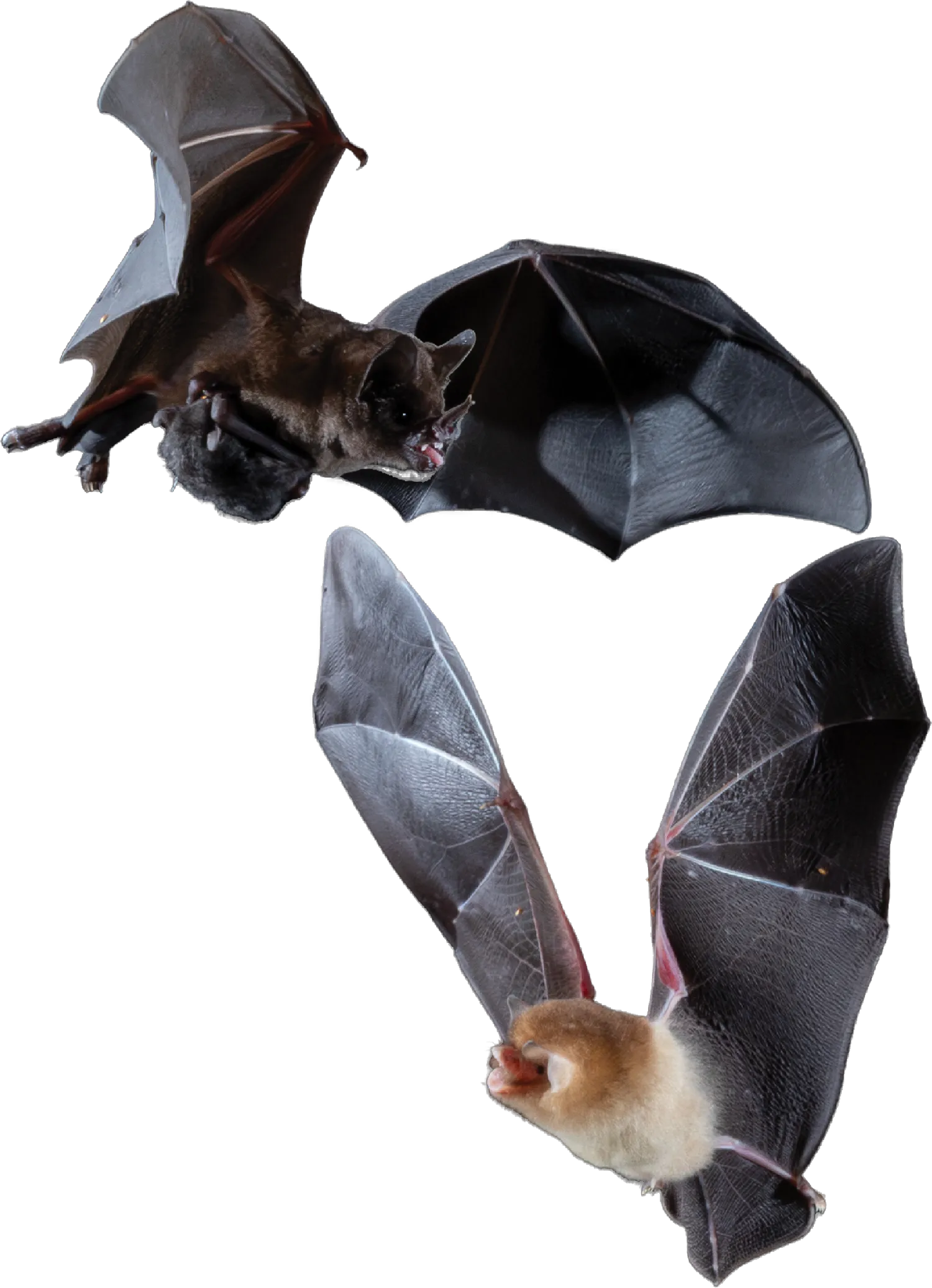
MISSION 3
driving innovation to get ahead of future challenges
Strengthening Capacity through MENTOR-Bat
Photo: Jennifer Barros, Ph.D.
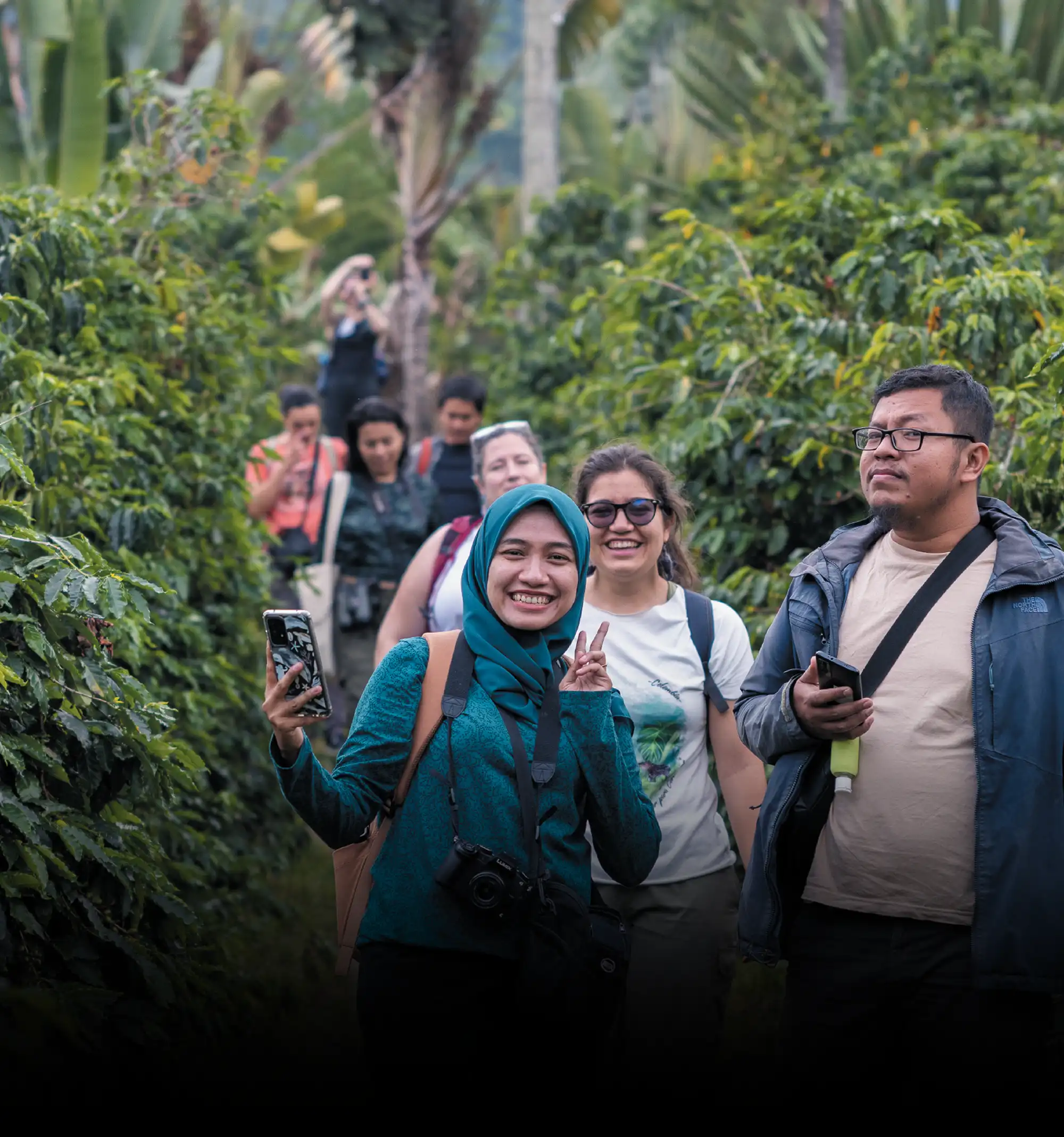
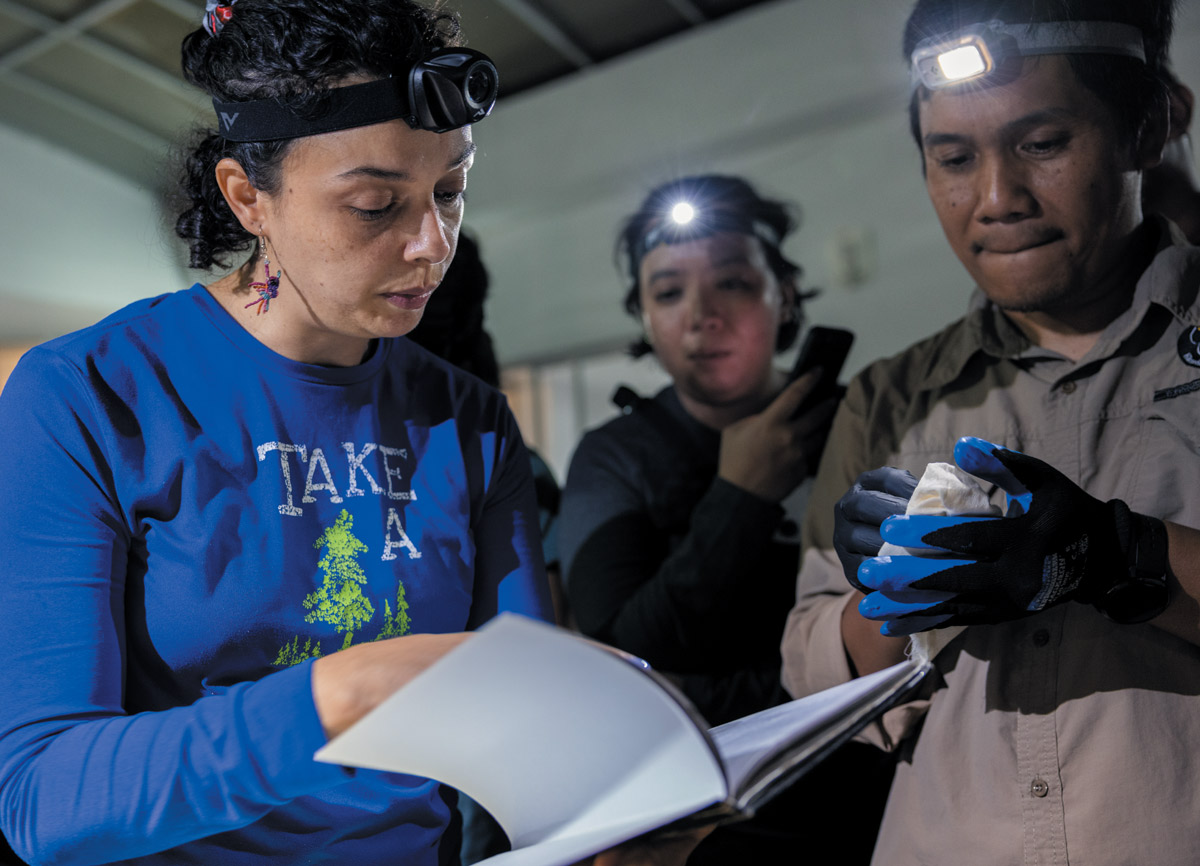
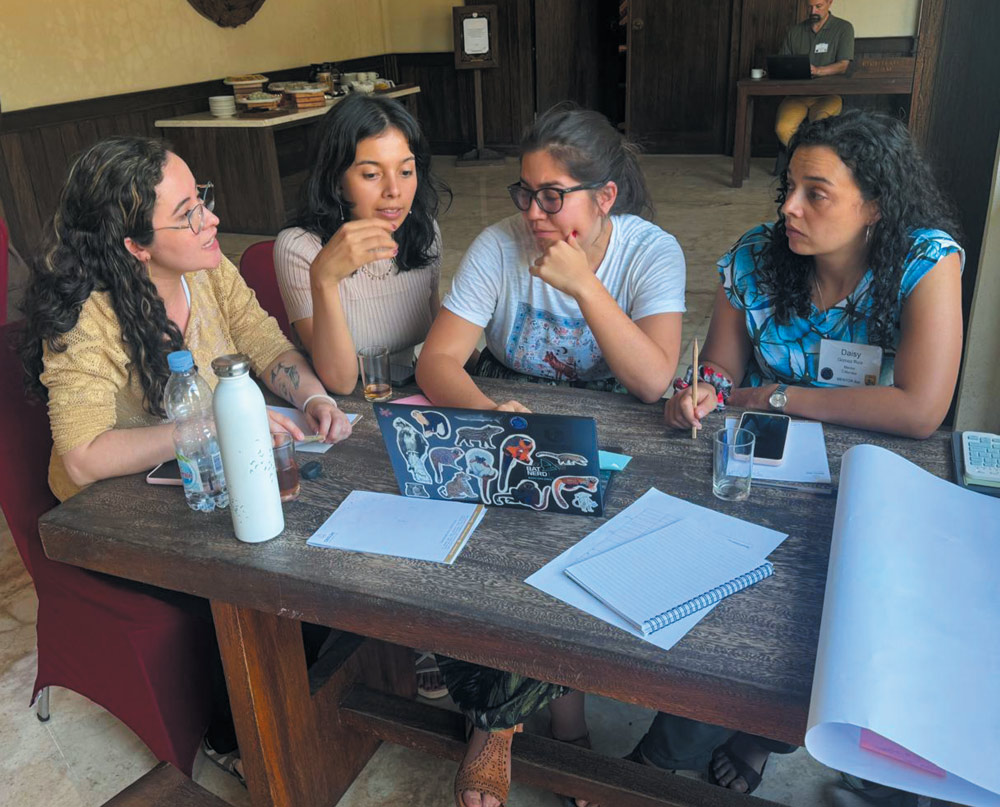

Exploring Innovations in Wind Energy
One project, “Reducing Bat Fatalities at Wind Turbines Using Aircraft Detection Lighting Systems as a Passive Deterrent,” received a $2.5 million grant from the Department of Energy’s Wind Energy Technologies Office (DOE WETO). Turbine lighting may attract migrating bats, but it is necessary to alert aircraft to obstructions at night.
The project tests whether aircraft detection lighting systems (ADLS) can be used to minimize bat fatalities at wind farms by only turning on the lighting systems when aircraft are in the vicinity. Other projects focus on designing effective acoustic deterrents to keep bats away from wind farms and evaluating how successful ultraviolet deterrents are by utilizing 3D monitoring of bat behavior.
Sparking a Global Response to Wind Energy
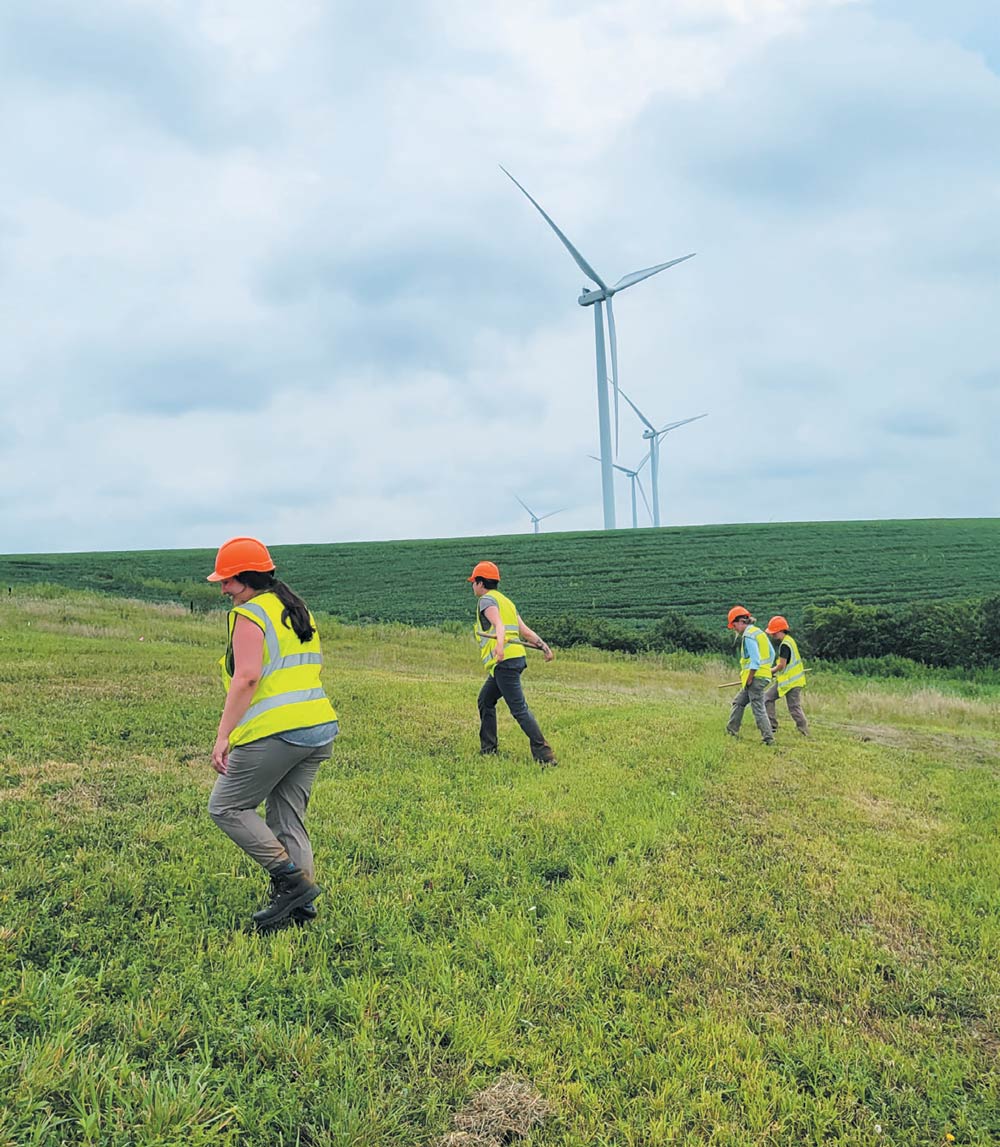
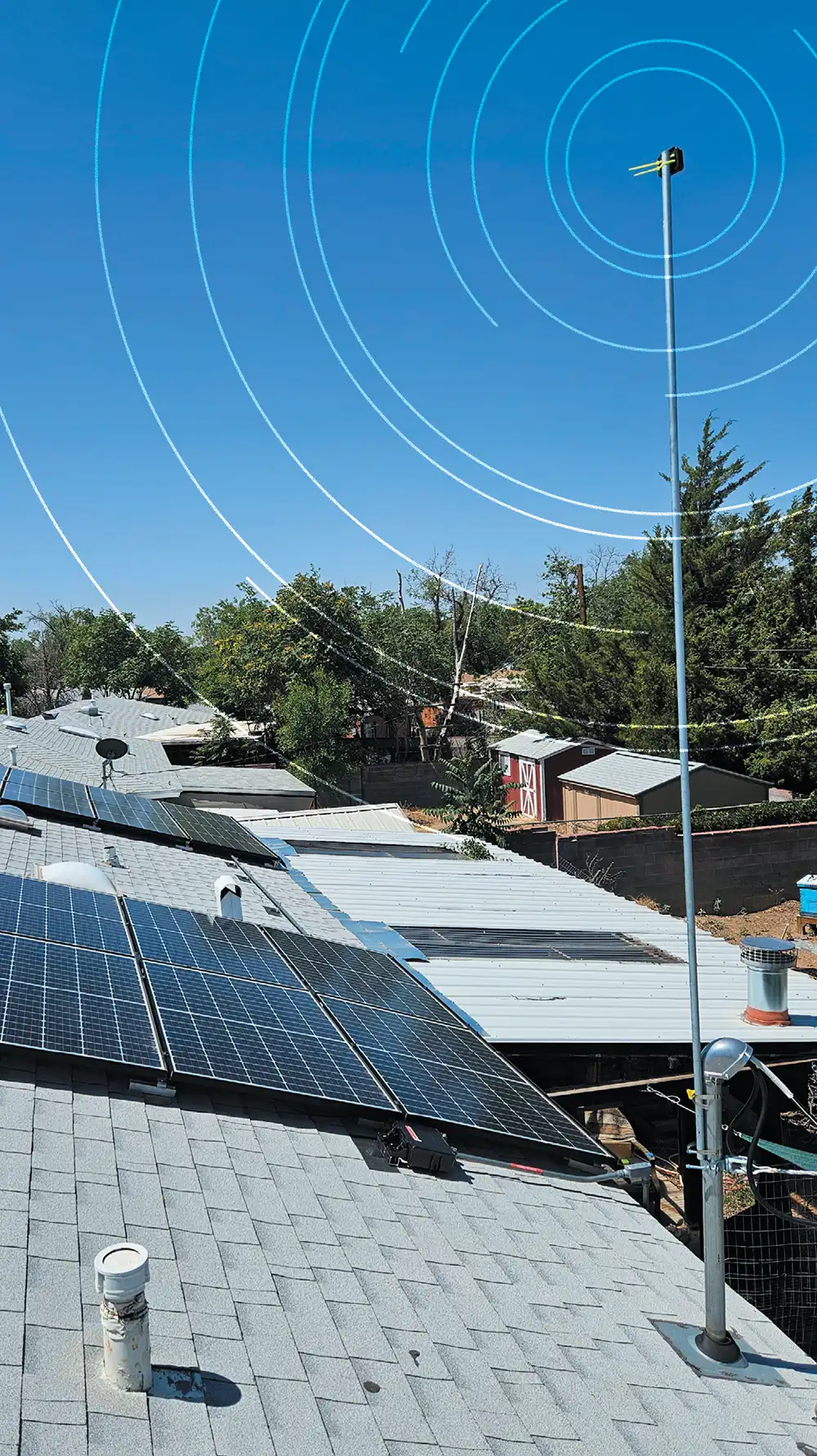
Collecting Data for the North American Bat Monitoring Program
During Summer Solstice, more than 100 volunteers contributed data, representing more than a dozen partner organizations in four states.
Summer Solstice North American Bat Monitoring Program
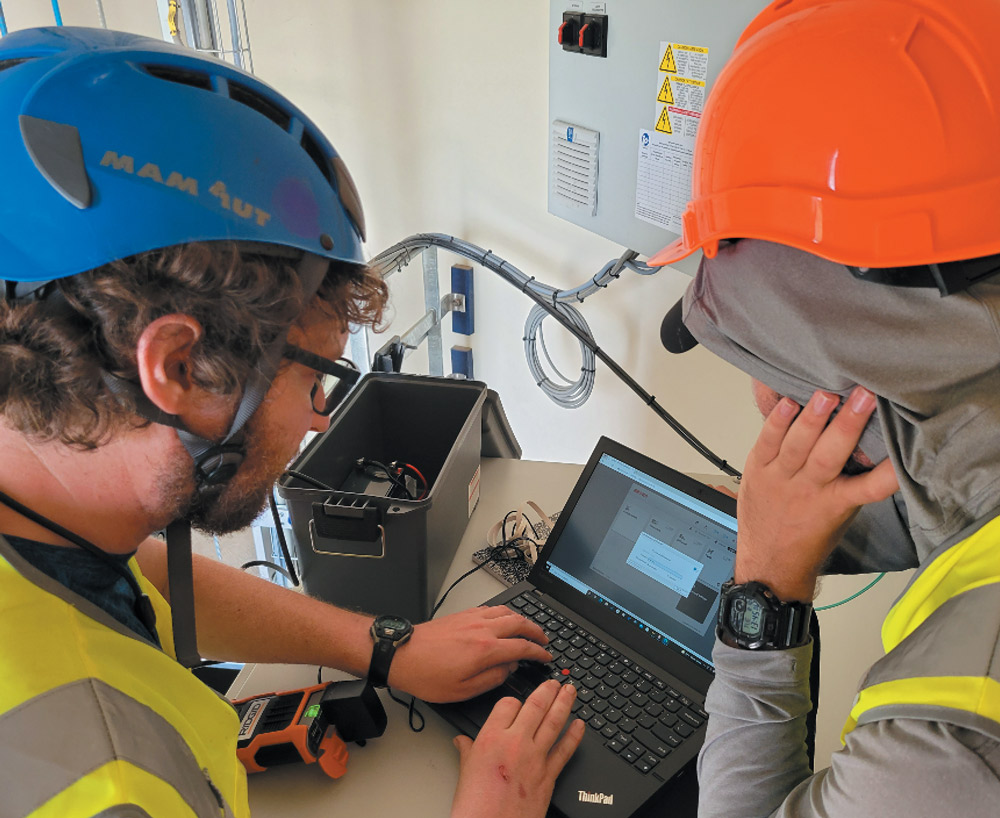
Advancing Scalable Solutions to Fight White-Nose Syndrome
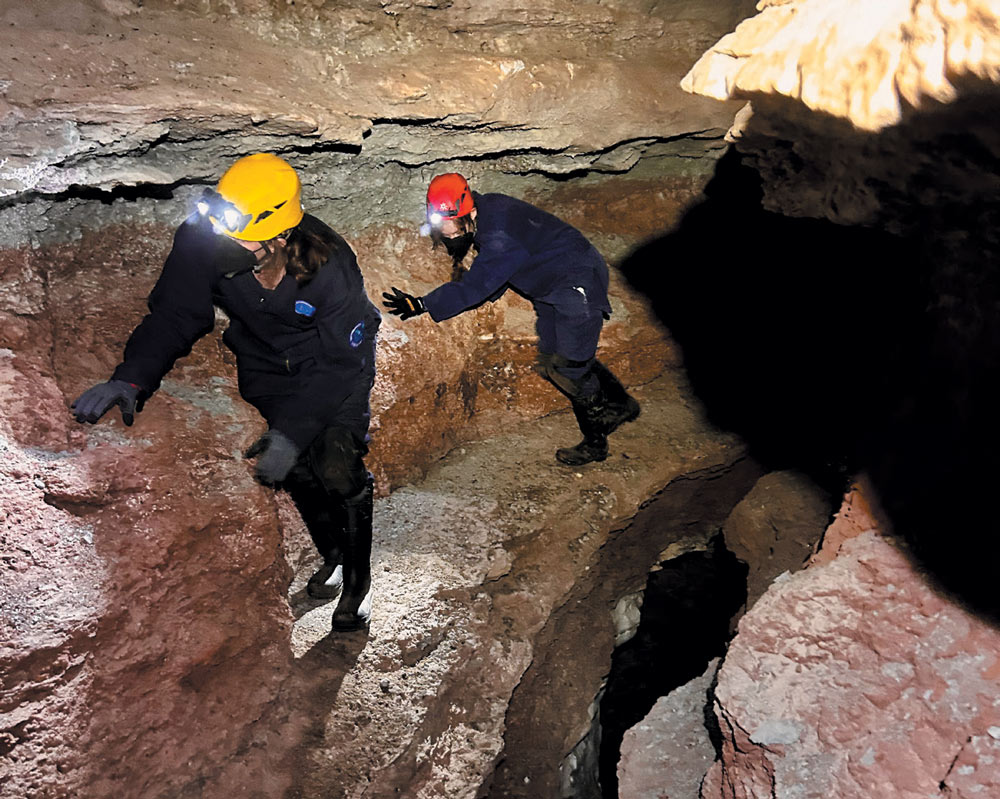
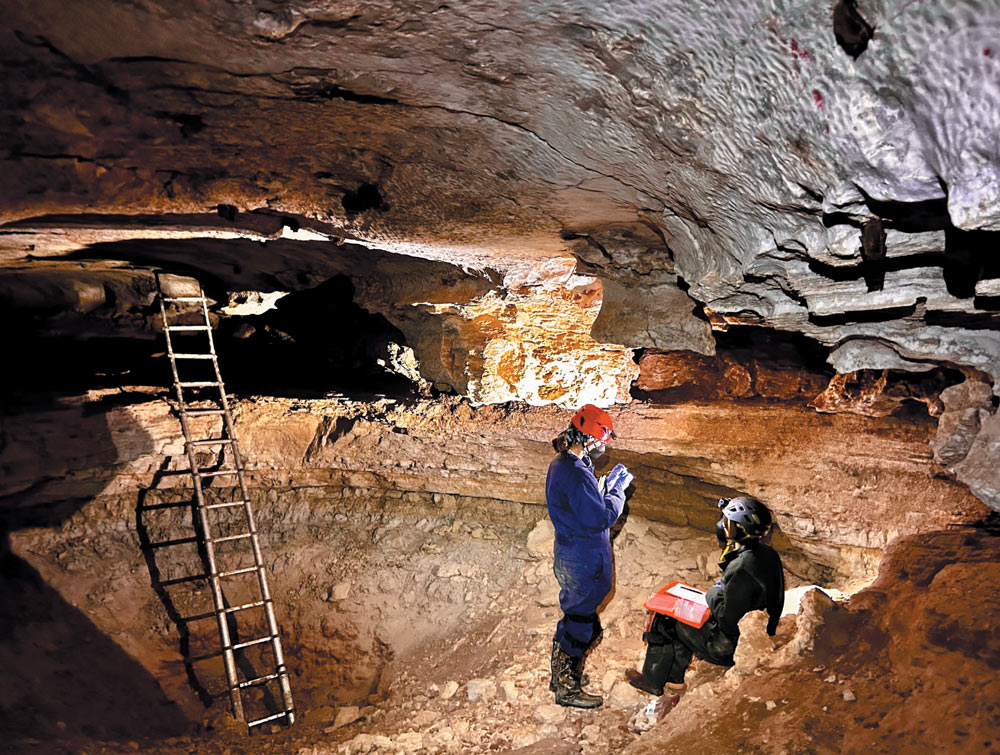

Installing a Motus Tower to Collect Migratory Wildlife Data
Awarded Evidence Champion Status for Extensive Research
Publications (Fiscal Year 2024)
Research Projects (Fiscal Year 2024)
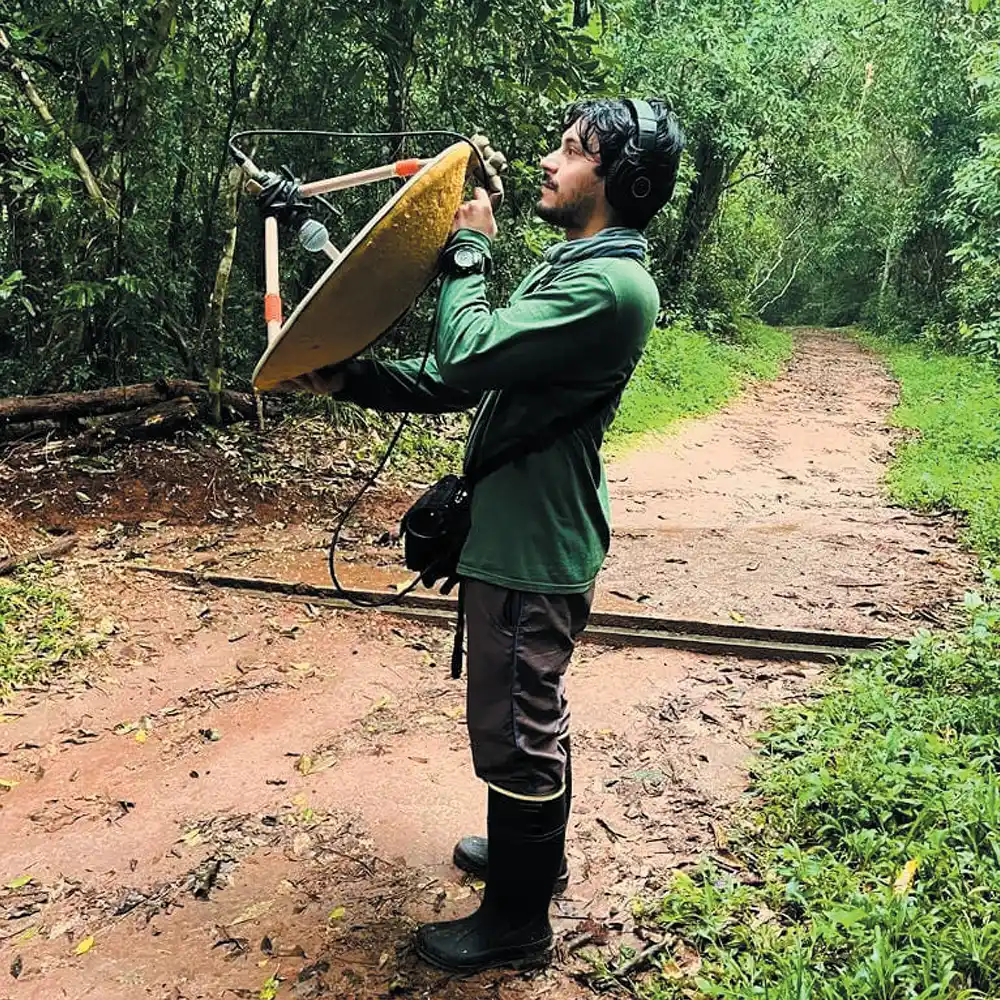
Providing Scholarships to Bat Conservationists
MISSION 3
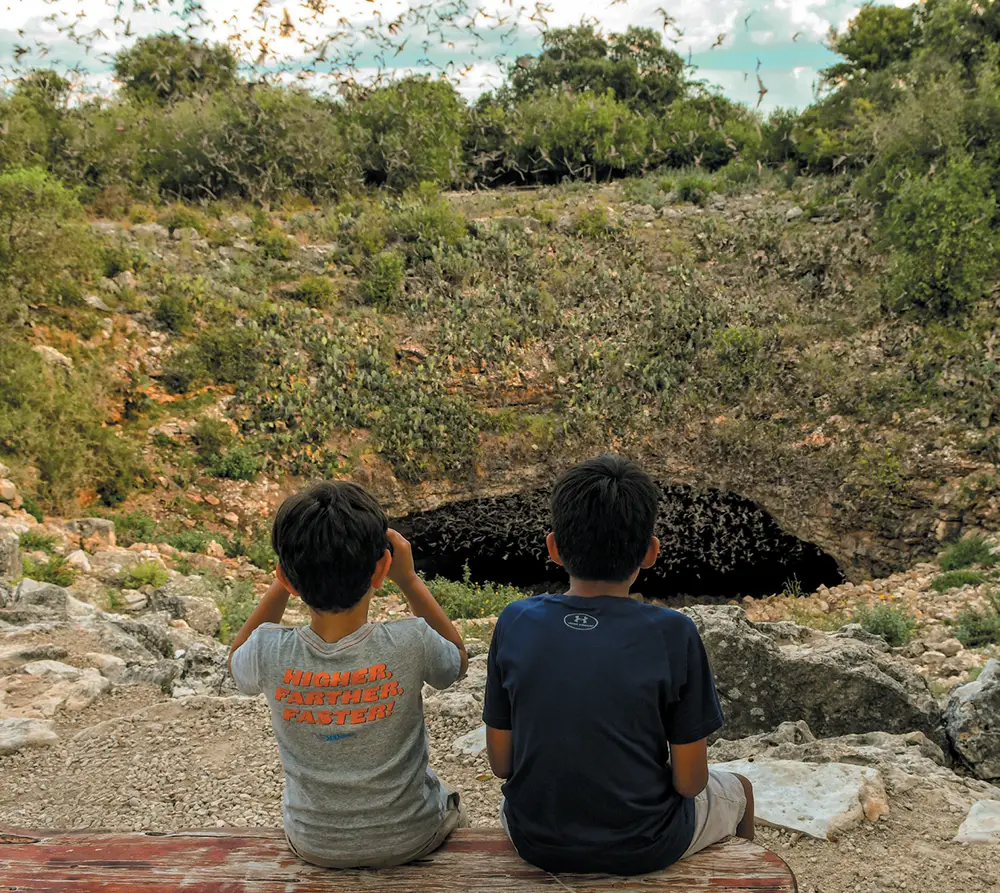
Photos: Jonathan Alonzo
transforming insights into meaningful impact
Educating People About Bracken Cave’s 20 Million Bats
This fiscal year, we:
- Established a live camera feed at Bracken Cave, allowing people to enjoy the bats from afar. See more at batcon.org/experience-bats/the-bat-channel
- Updated and replaced educational signage
- Developed a K-12 bat education program
- Hosted 193 Bat Flight events for 8,002 visitors
Establishing 10 New Partnerships in San Antonio
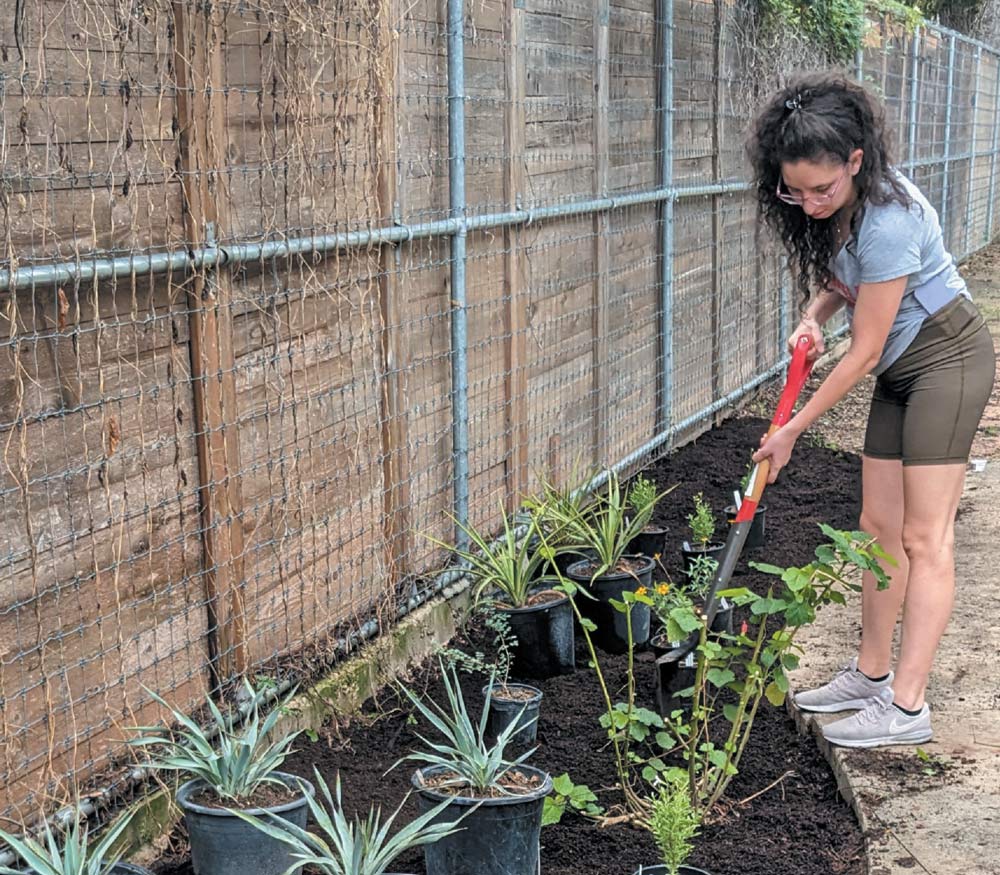
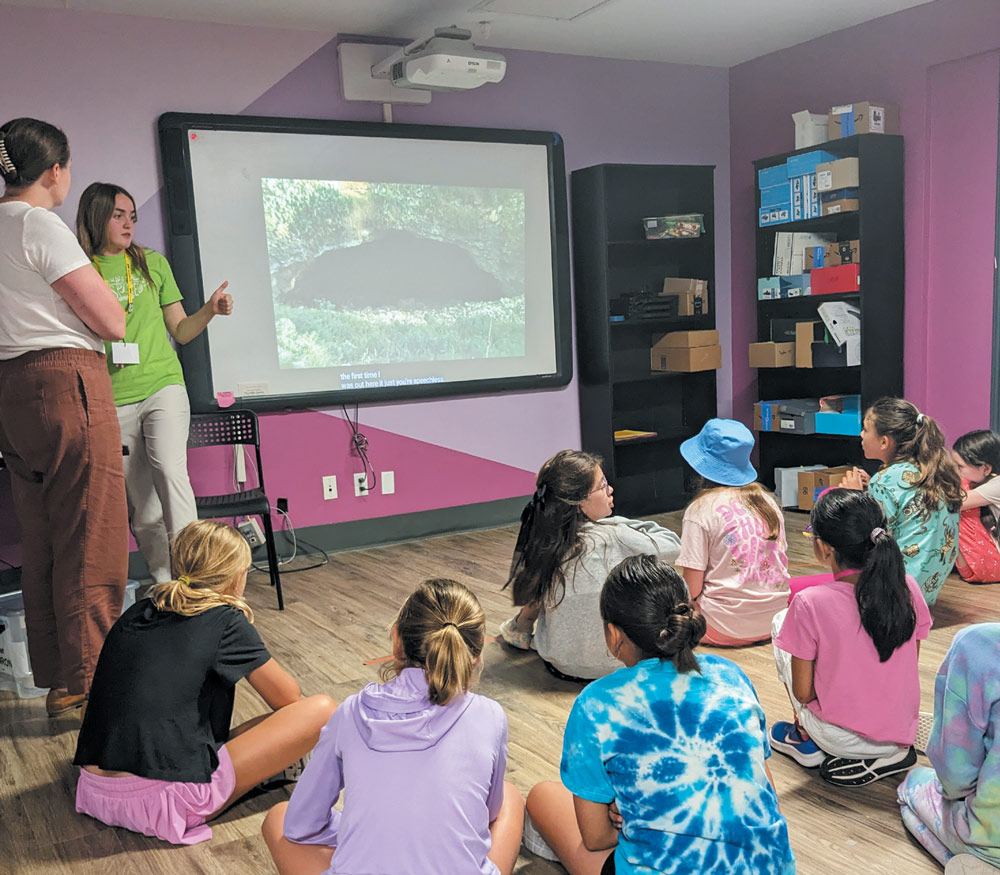
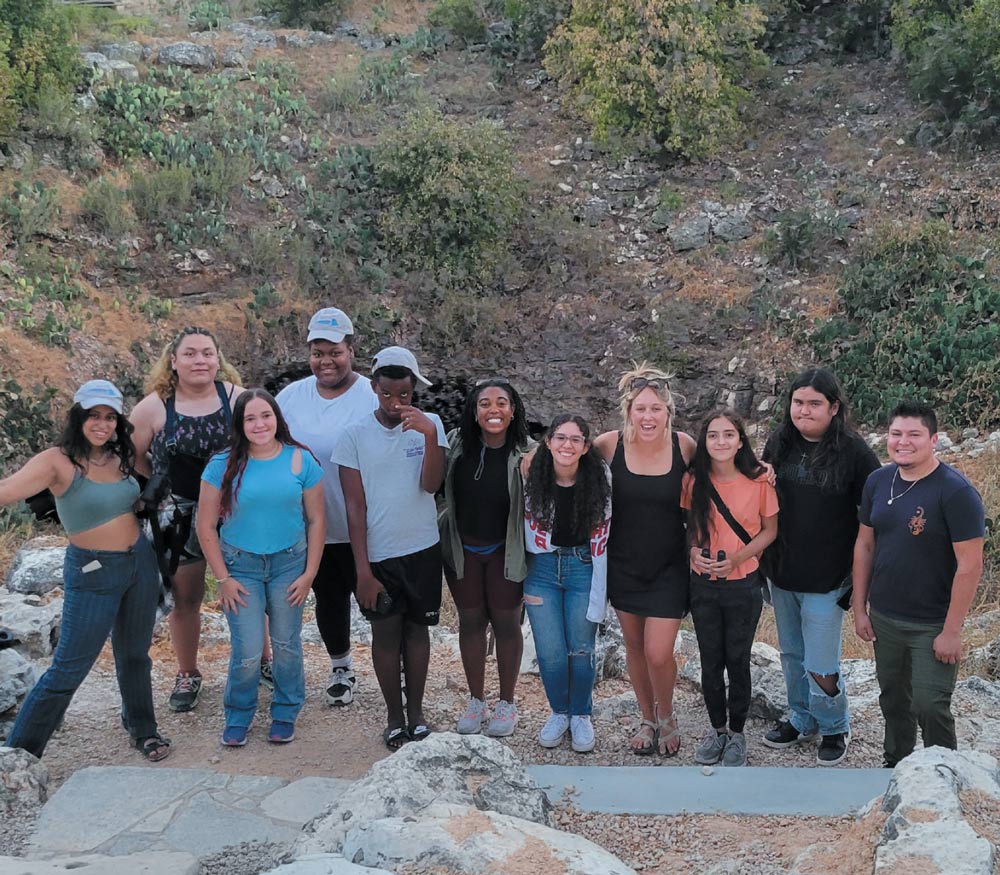
Supporting the Creation of a bat garden as part of the Tamōx Talōm Food Forest
Supporting 20+ Community Gardens
Proudly Promoting LGBTQ2IA+ Inclusion
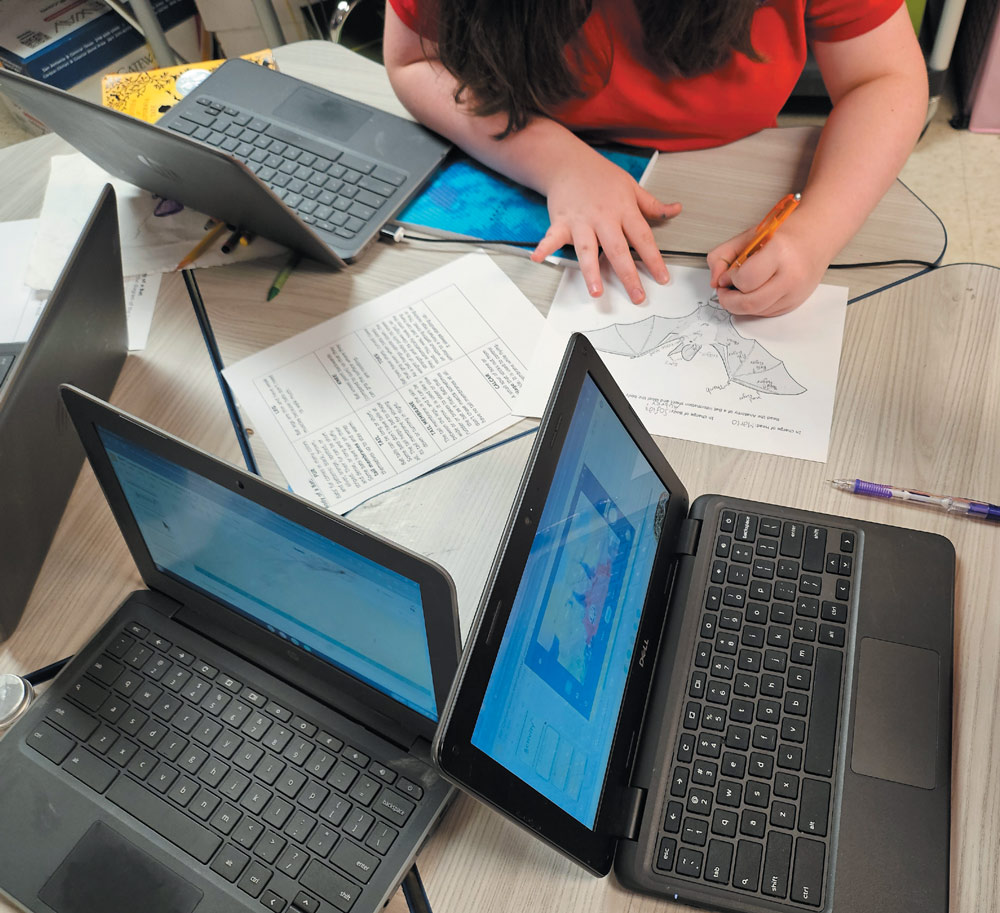

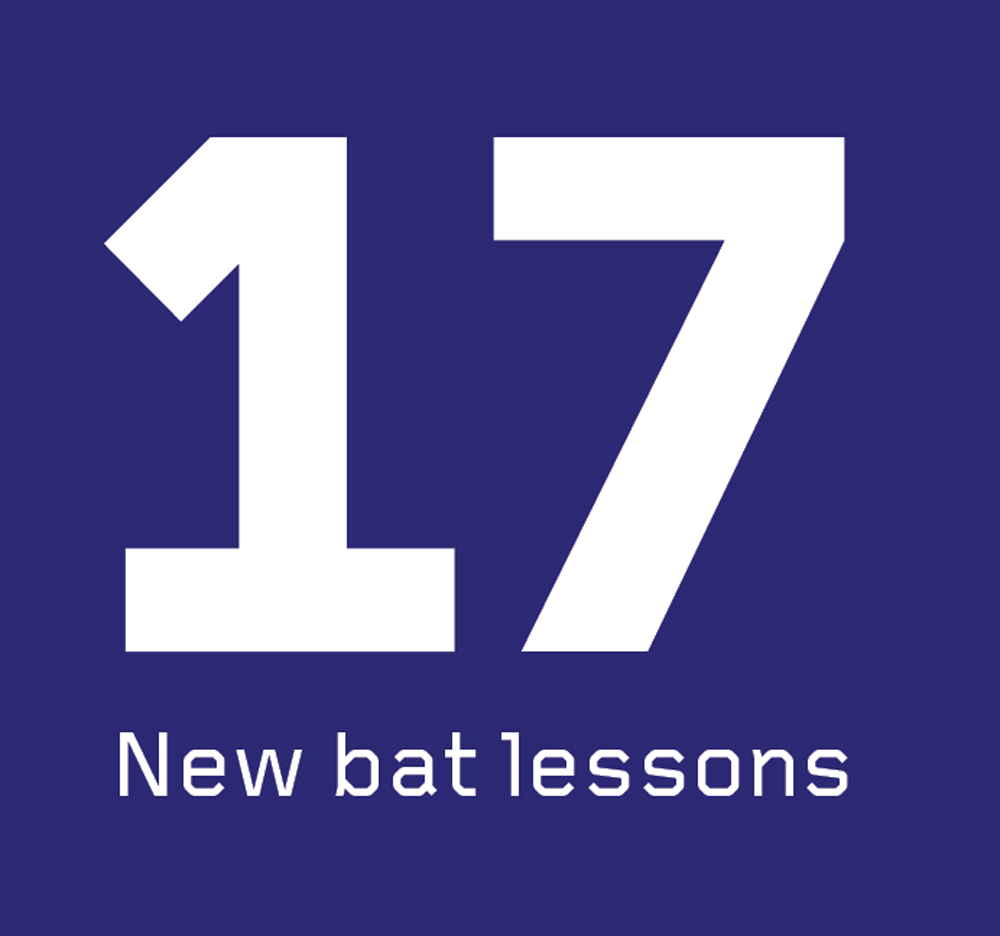
Updating and Refreshing “Discover Bats” Curriculum
We obtained a grant to hire curriculum designers to update and refresh our Discover Bats curriculum. Our team created 17 new lessons for kids in grades four through eight. The Young Women’s Leadership Academy in San Antonio partnered with us to test the lessons, and we received feedback from teachers and students that was used to improve the lessons. This project was funded by IF/THEN®, an initiative of Lyda Hill Philanthropies.
Training 100+ New Bat Ambassadors
Working with 11 new partner organizations, we trained more than 100 new Bat Ambassadors from six different states. To do this, we facilitated eight new Bat Walks training classes online.
New Bat Ambassadors
Number of states Bat Ambassadors live in
New Bat Walks partner organizations
New Bat Walks training classes online
Number of staff and volunteers taking Bat Ambassador training in College Station, Texas
Nighttime park guests participating in programs
Launching Backyard Bat Survey Pilot
We launched two successful regional Community Science Pilots to test the feasibility and interest in community science bat monitoring. We researched the scalability of this program for acoustic bat detection and community engagement.
Volunteers contributed data to the North American Bat Monitoring Program (NABat) during Summer Solstice
States’ volunteers represented
Partner organizations involved
Bat calls recorded during one of the pilots
Bat species identified out of the 44,735 calls
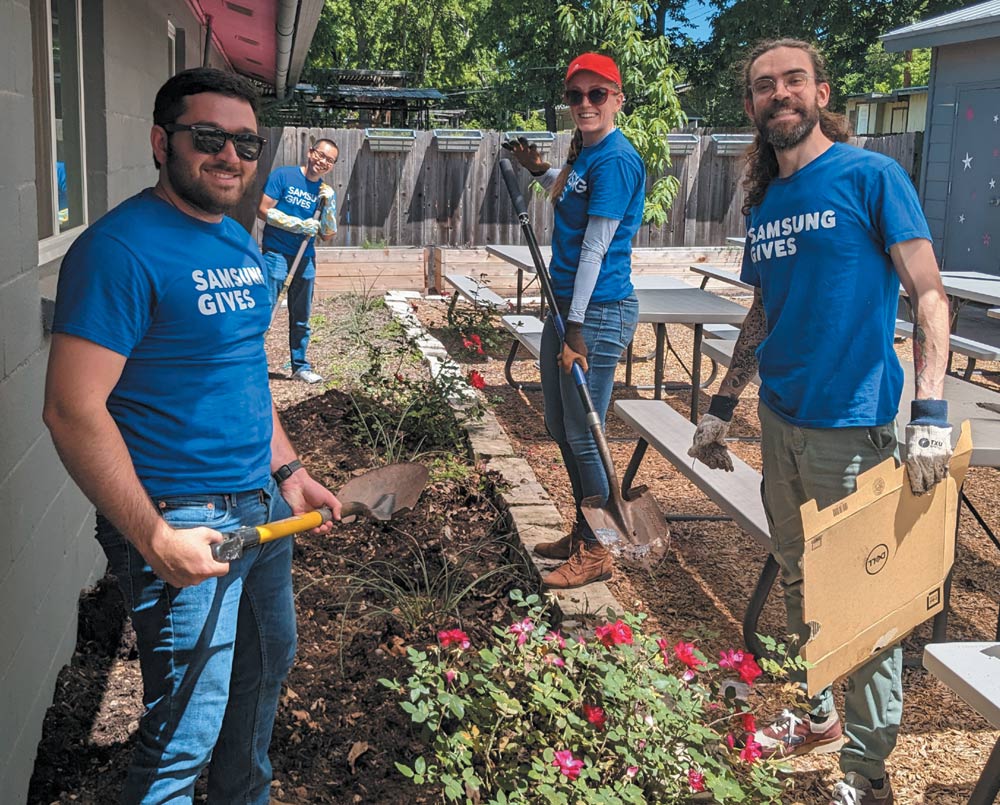
Establishing a Pilot Program for Bat Garden Seed Packets
In partnership with Native American Seed, we developed seed packets specially created for bat gardens. We ordered 1,000 seed packets as a trial run.
Bat garden seed packets ordered
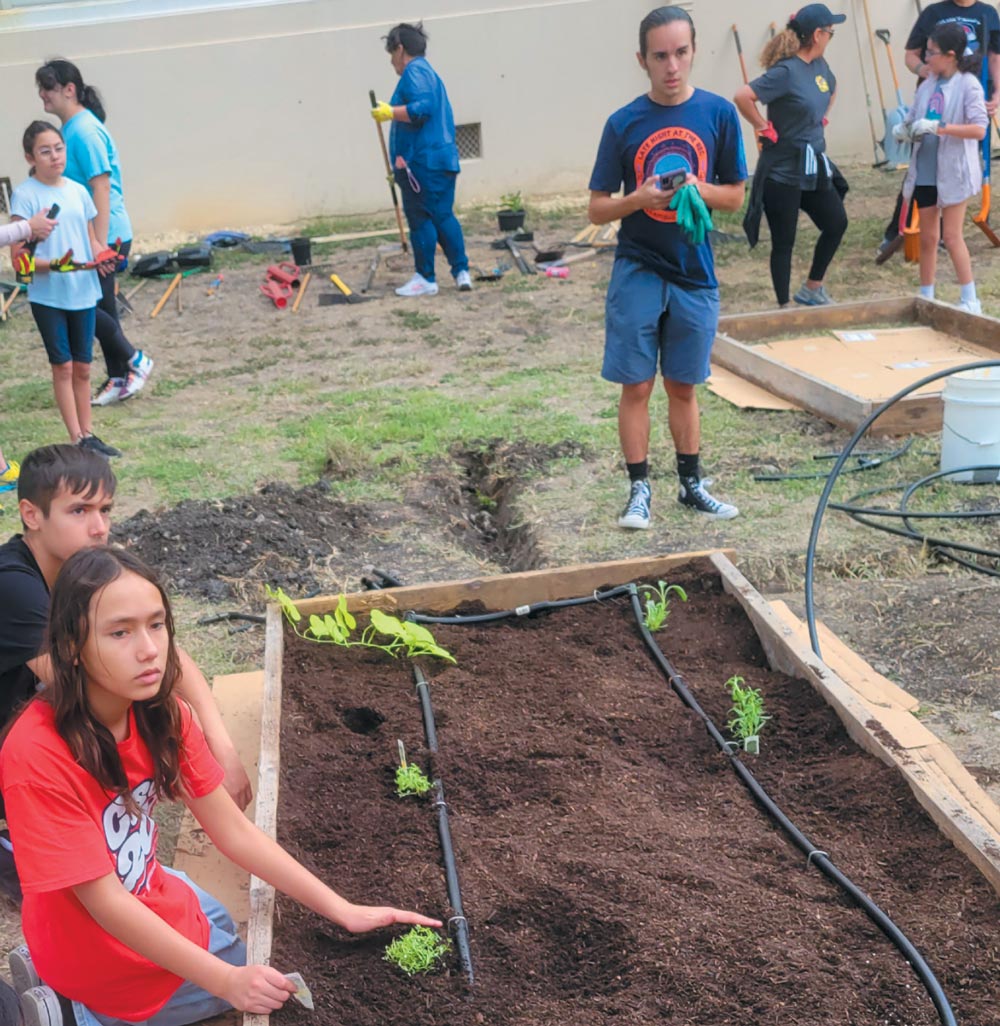
Photo: Joy Tuxhorn
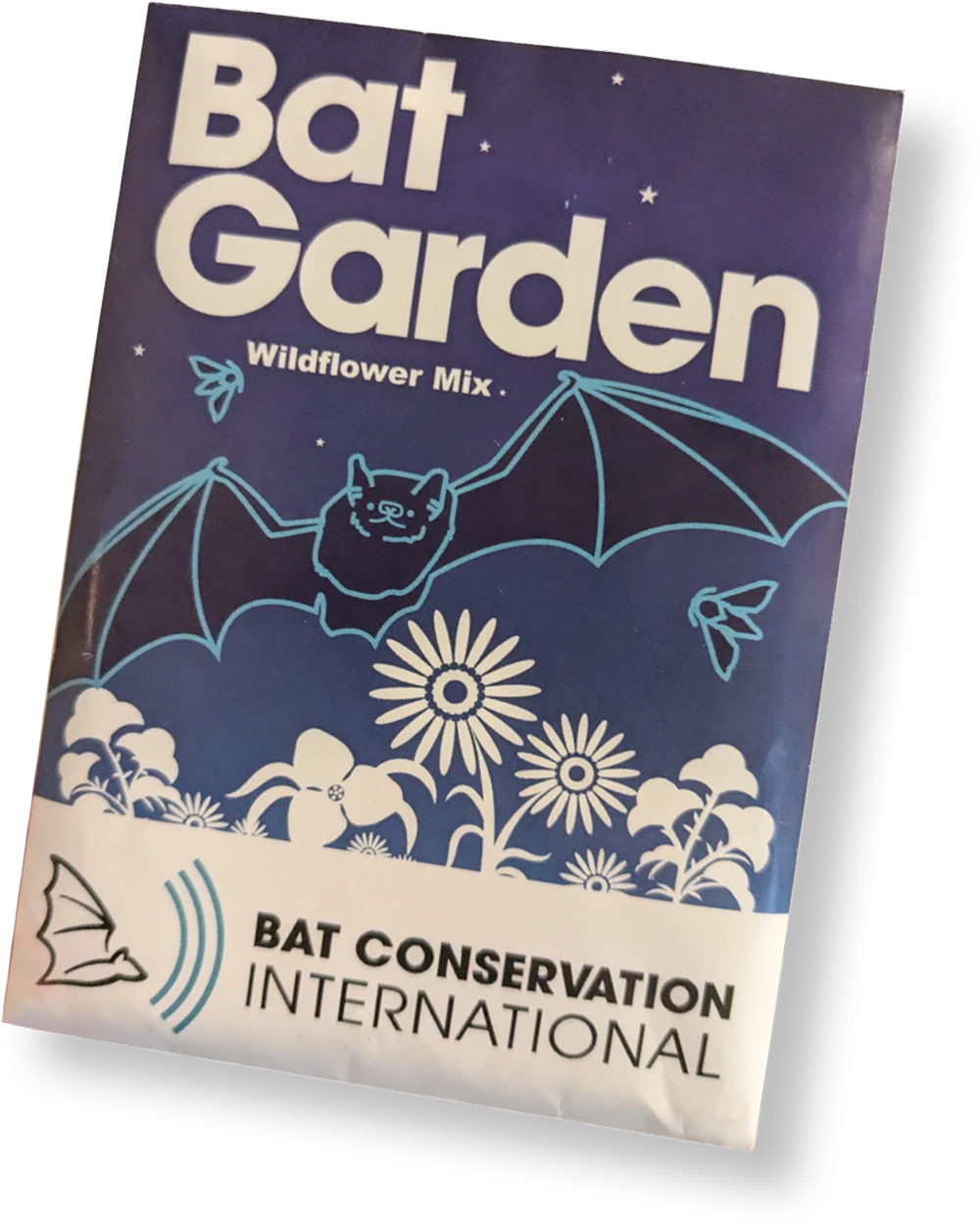

Our partnership with BCI to create a custom, bat-focused seed mix and promotional packets will not only create habitat and food sources for our native bats, but it will also invite newcomers to get personally involved in bat habitat conservation. Helping people restore the Earth is what we are called to do. We are glad to align that mission with other hard-working organizations doing the same.”

Justice, Equity, Diversity, and Inclusion
We continue to build our competencies in Justice, Equity, Diversity & Inclusion

Highlights from Fiscal Year 2024
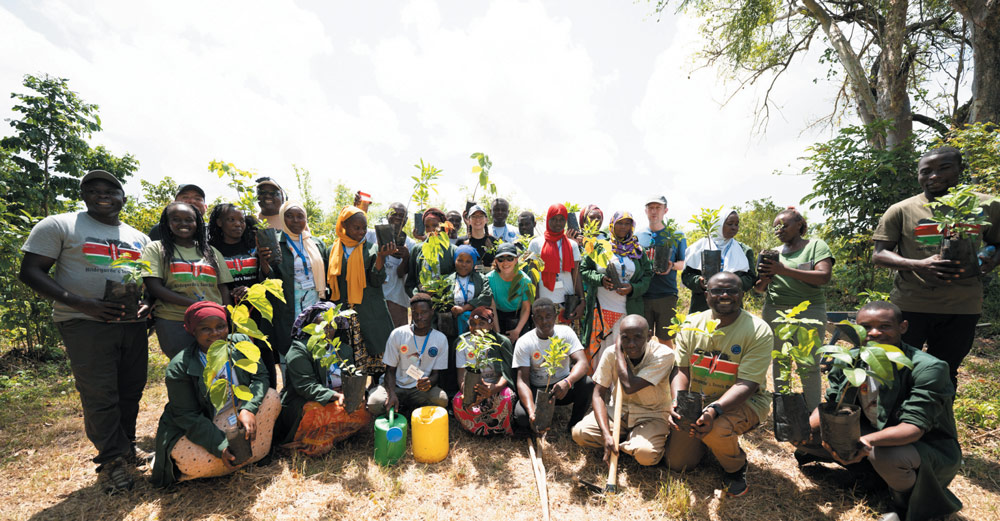
Incorporating JEDI Through Our Programming
- We continued investing in learning opportunities that examine global sustainability through equitable lenses, attending events like the Social Capital (SOCAP) conference and the Essentials of Social Science in Conservation course hosted by Human Nature. We researched various approaches to incorporate more inclusive strategies across our portfolio.
- We created a Global Sustainability Community of Practice, which explores how bat conservation aligns with global sustainability goals and expands our focus beyond biodiversity to include inclusive approaches that will influence research, analysis, and future inclusive conservation standards.
Embedding JEDI in Our Operating Practices
- We further enhanced our hiring processes by expanding outreach to more diverse job boards and seeking talent from a broader and more diverse talent pool. Additionally, we clarified various JEDI considerations within our recruiting process and included more resources and information for hiring managers to continue fostering an inclusive, equitable, and humanistic hiring experience for both candidates and hiring teams.
- We refined our organizational policies to reflect the diversity of our teams through policies, including promoting flexible work schedules and benefits like paid family and medical leave to support a healthy and inclusive workplace.
Strengthening a Culture of Learning
- We continued our Empathy Coaching series with Syah B. Consulting, launching new staff cohorts, exploring bias, fostering connection, and building resilience. Since launching this partnership, 27 staff have completed the series, with more cohorts planned for the future.
- We rolled out a new Learning Management System (LMS) offering compliance and management training with a strong emphasis on JEDI principles. All managers attended training designed to equip them to lead effectively and support a diverse workforce.
Financial Summary
Statement of
Financial Position
Statement of
Activities
Your
donations
At Work

General and Administrative

Fundraising and Development

Programs
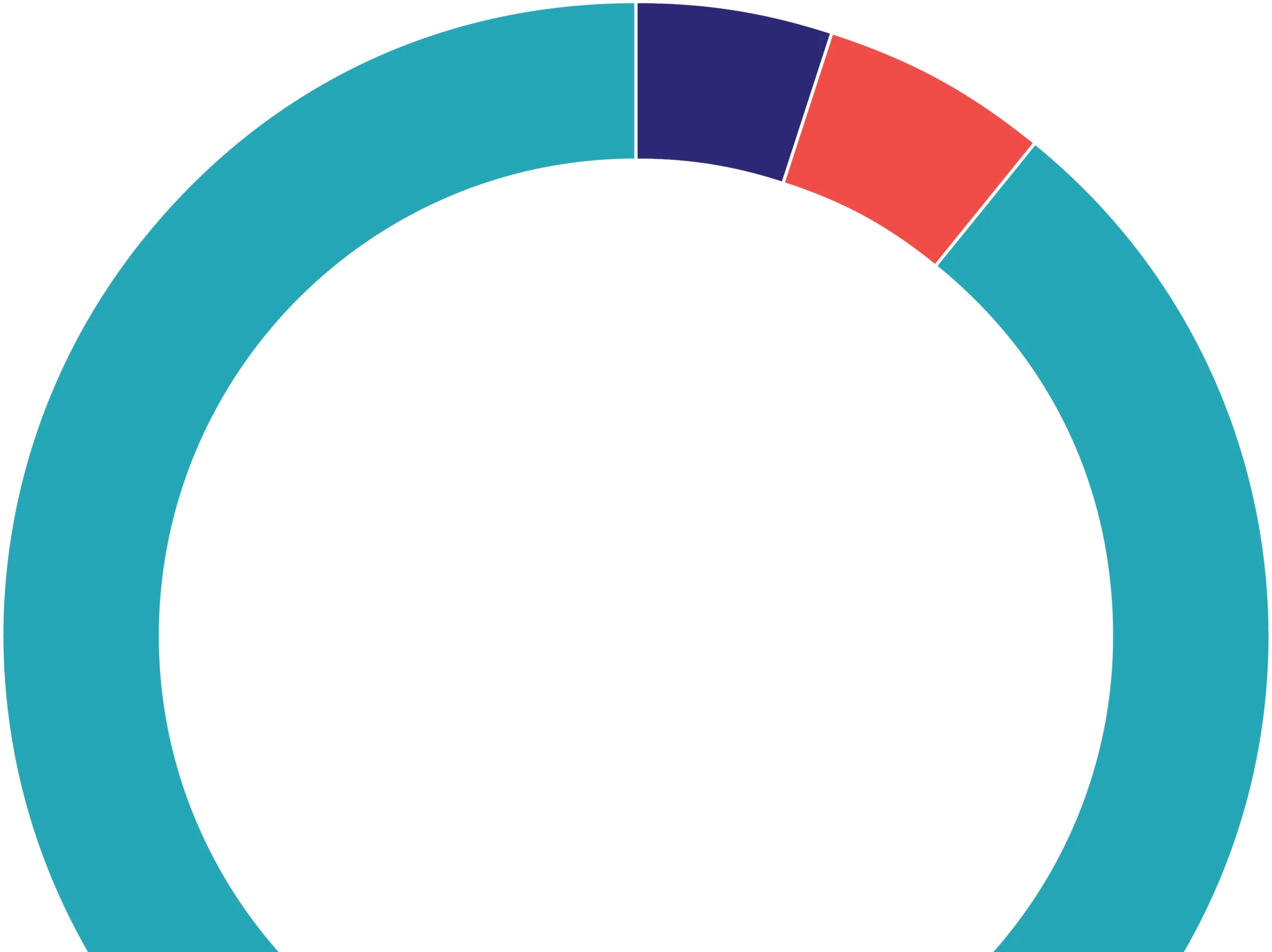
DONOR PROFILES
Underdog Pollinator Inspires a Decade of Support
One evening, as Shelly sat in her Boston backyard, the dusk sky came alive with bats gracefully darting overhead. Their presence felt almost magical, and Shelly was captivated. Around the same time, her daughter had taken an interest in bats during an elementary school unit, with a special fascination for the lesser long-nosed bat (Leptonycteris yerbabuenae). This family moment, combining a backyard encounter and her daughter’s enthusiasm, solidified Shelly’s fascination with these “underdog pollinators.” It also opened her eyes to how vital bats are to ecosystems worldwide, from pollinating plants to controlling insect populations.
A trip to Austin, Texas, 10 years ago brought Shelly face-to-face with BCI’s work. While visiting, she learned about our efforts to protect some of the world’s most vulnerable bat species. Inspired by the idea that she could play a role in helping bats, Shelly became a BCI member. “I’m so glad BCI is protecting these amazing animals,” she says, with a decade of loyal support behind her.
Shelly’s story highlights the importance of BCI membership. Becoming a member is more than just making a donation. Rather, it’s a commitment to the future of bats and the ecosystems that depend on them. Members like Shelly are essential to our growth and ability to expand conservation efforts. Member contributions provide the resources needed for everything from protecting critical habitats like Bracken Cave to funding groundbreaking research on threats like white-nose syndrome, to launching new conservation efforts in locations where bats are in imminent danger.
Through the steady support of members, BCI continues to increase its global impact. Shelly’s decade-long journey from learning about bats in a book to becoming a passionate advocate and donor mirrors the path many members take. Every membership not only helps save bats but also empowers BCI to broaden our impact around the world and preserve bat species for generations to come.
As we continue to grow in our mission to conserve bats and their habitats, the enduring commitment of members like Shelly makes the difference. Together, we are creating a legacy of support for these under-appreciated animals and ensuring bats have a bright future in the world’s ecosystems.
Shared Impact through Values-Driven Partnerships
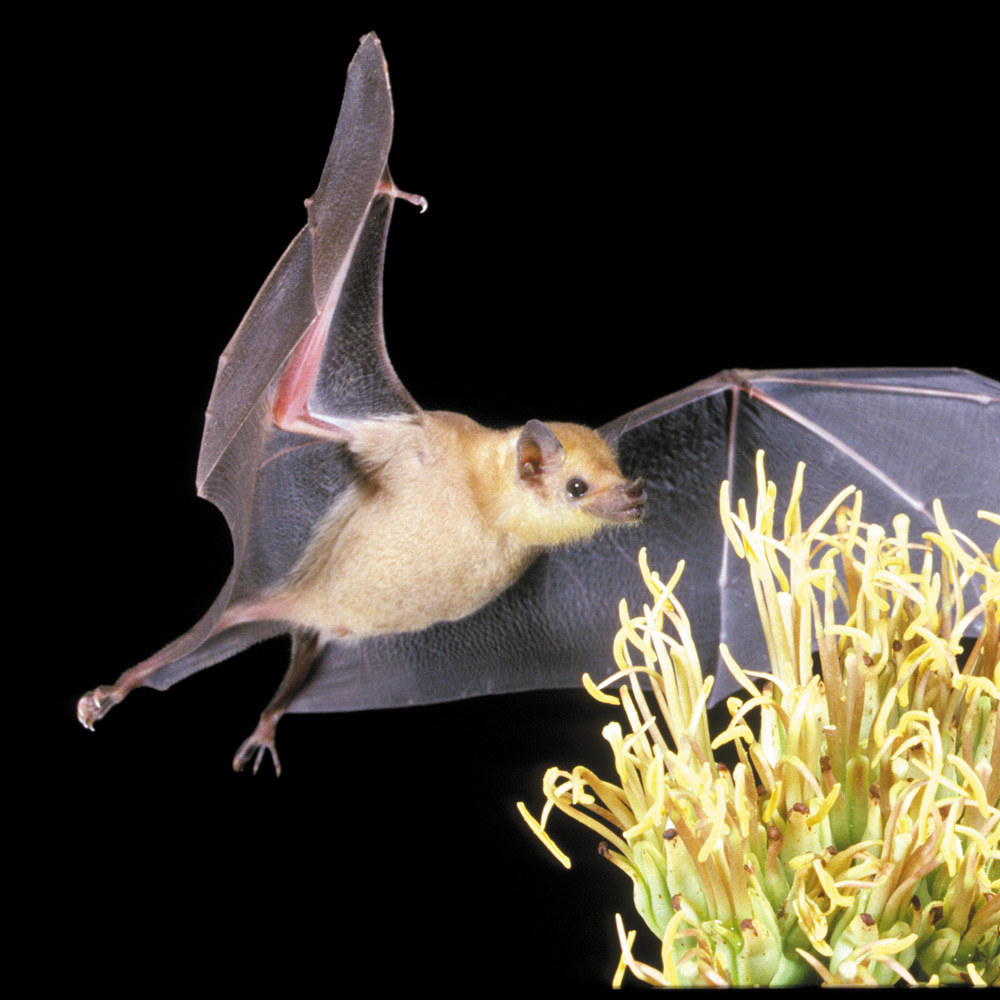
Photo: J. Scott Altenbach/BCI
Known for its fresh handmade cosmetics, Lush is committed to ethical practices, which resonate deeply with our conservation goals. Just as we work tirelessly to protect bats and their habitats, their dedication to sustainable business goes beyond just their products. Lush actively campaigns for human rights, environmental protection, and animal welfare, using its global platform to drive meaningful change.
Lush chose to partner with Bat Conservation International (BCI) to support the important role bats play in ecosystems. On Friday, October 13, 2023, Lush Cosmetics donated 100% of the purchase price from that day’s sales of Bat Art Bath Bombs across 260 stores and online in the United States and Canada to support BCI’s work worldwide.
Business partnerships such as the one between BCI and Lush demonstrate how values-driven collaborations can make a tangible difference for bats and the ecosystems that depend on them. Together, we can amplify our impact and inspire even more people to join the cause.
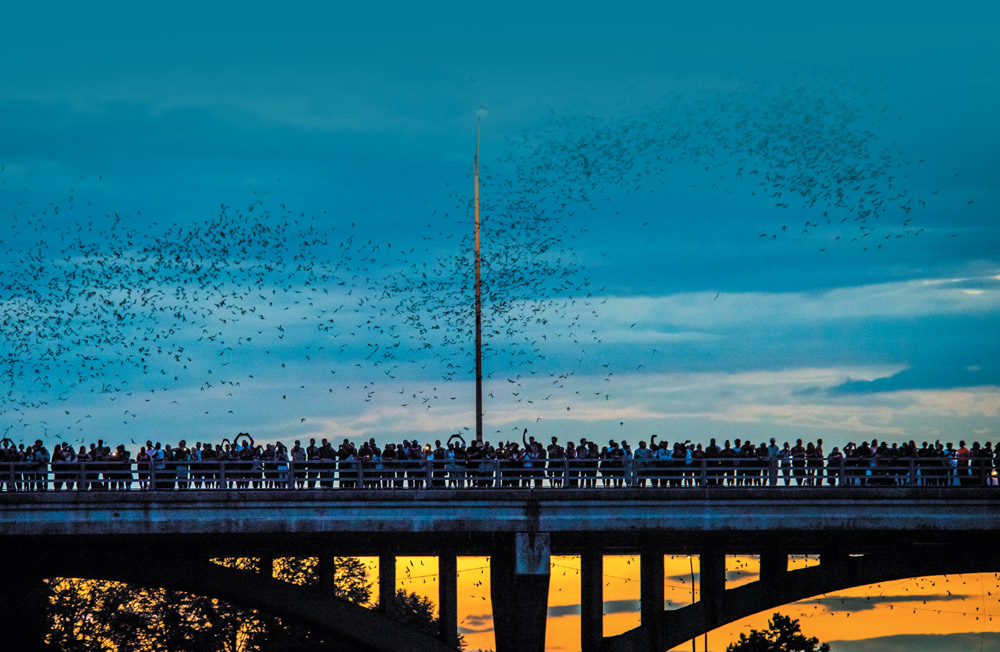
PUBLIC AND PRIVATE SUPPORTERS
-
Foundation
Adele M. Thomas Charitable Foundation, Inc.
- The Arthur L. and Elaine V. Johnson Foundation
- BAND Foundation
- The Bank of America Charitable Foundation
- The Batchelor Foundation, Inc.
- The Berglund Family Foundation
- The Boston Foundation
- The Brown Foundation, Inc. of Houston
- Biophilia Foundation
- Burt Family Foundation
- Carroll Petrie Foundation
- The Carter Chapman Shreve Family Foundation
- The Darrell & Patricia Steagall Family Foundation
- East Bay Community Foundation
- Edward Gorey Charitable Trust
- Fish and Wildlife Foundation of Florida
- The Frank Cross Foundation
- Head and Heart Foundation
- Hollomon Price Foundation
- The Hulebak-Rodricks Foundation
- The Klungness Family Foundation Inc.
- The Lawrence and Sylvia Wong Foundation, Inc.
- Leo Model Foundation, Inc.
- Lyda Hill Philanthropies
- Mary W. Harriman Foundation
- The Negaunee Foundation
- The Peter A. and Elizabeth S. Cohn Foundation Inc.
- Pledgeling Foundation
- Read Foundation
- RLH Foundation
- Robert McLean Foundation Trust
- Schwab Charitable Fund
- Shared Earth Foundation
- Singing Field Foundation
- The Thomas C. and Mary Ann Hays Family Charitable Trust
- The Tim and Karen Hixon Foundation
- Walter C. Emery Family Foundation
- Western Colorado Community Foundation
- The White Pine Fund
- William Howard Flowers, Jr. Foundation, Inc.
-
Corporate
Bank of America Charitable Gift Fund
- Discovery Education
- Disney Conservation Fund
- DocuSign
- Google Matching Gifts Program
- H-E-B
- Leaf Shave
- The LEGO Group
- Lennar Homes LLC
- Lush Cosmetics
- Pattern Energy
- PayPal
- Wildlife Acoustics, Inc.
-
Government and organization
African Parks
- Alliance for Americas Fish and Wildlife
- Alterd Alternativas para el Desarrollo, A.C.
- Amigos de la Sierra, A.C.
- Anacostia Watershed Society
- Angelo State University
- Arizona Game and Fish Department
- Asesores en Planeación de Sistemas Socioambientales, S.C.
- Asociación de Mujeres del Bacanora y Maguey de México
- Association of Fish and Wildlife Agencies
- Austin Bat Refuge
- Austin Creative Reuse
- Austin Youth River Watch
- Bacanora Siete Coronados
- Bats and Wind Energy Cooperative
- Bats Northwest
- Battus
- Bioconciencia A.C.
- Bisbee Bloomers
- Bonham Academy
- Bonnet House
- Borderlands Restoration Network
- Broward County Parks and Recreation
- Bureau of Land Management
- Bureau of Ocean Energy Management
- California Department of Fish and Wildlife
- Carlton Fields
- Center for Biological Diversity
- Centro de Colaboración para la Ciencia y Cultura
- CIIDIR Unidad Durango, Instituto Politécnico Nacional
- City of Bisbee, Arizona
- City of College Station, TX
- Colectivo Caminantes del Desierto, A.C.
- Colorado Division of Reclamation, Mining, and Safety Inactive Mines Reclamation Program
- Colectivo Sonora Silvestre
- Colorado State University
- Comisión Estatal de Biodiversidad (Hidalgo)
- Comisión Estatal de Biodiversidad (Morelos)
- Comisión Nacional de Áreas Naturales Protegidas
- Comisión Nacional de Áreas Naturales Protegidas, Región Centro y Eje Neovolcánico
- Comisión Nacional de Áreas Naturales Protegidas, Región Noreste (CONANP)
- Comunidad Santo Domingo Ocotitlán (Morelos)
- Consejo Sonorense Regulador del Bacanora
- Conservation Evidence
- Conservation Metrics
- Consultoría, Asesoría y Manejo Estratégico, S.C.
- Cuantico – Global Eco Services
- Cuena Los Ojos
- Dahari
- Dallas Zoological Society
- Detroit Zoological Society
- EarthShare
- EarthShare Texas
- Ecosystem Restoration Alliance
- Ejido 20 de Noviembre, Coahuila
- Ejido Coyotillos, Zacatecas
- Ejido Cuatro Milpas, Zacatecas
- Ejido El Potrero de Zamora, Nuevo León
- Ejido El Saucillo, Nuevo León
- Ejido Estanque de Norias, Coahuila
- Ejido Guadalupe Victoria, Coahuila
- Ejido Huertecillas, Zacatecas
- Ejido La Encantada, Nuevo León
- Ejido La Reforma, Coahuila
- Ejido Las Huertas, Zacatecas
- Ejido Los Encinos, Zacatecas
- Ejido Salto de Guass, Zacatecas
- Ejido San Joaquin de Soto, Nuevo León
- Ejido Santa Teresa, Zacatecas
- Ejido Tanque de Emergencia, Coahuila
- Ejido Tanque de López, Zacatecas
- Ejido Tepetate, Zacatecas
- Ejido Vanegas de Juárez, Zacatecas
- Ejido Zaragoza, Zacatecas
- El Paso Zoo
- Electric Power Research Institute
- Endangered Species Coalition
- Environmentally Endangered Lands Program – Miami-Dade County
- EspacioNaturalArq
- Especies, Sociedad y Hábitat, A.C.
- Fairchild Tropical Botanic Garden
- Fiesta Youth
- Florida Bat Working Group
- Florida Fish & Wildlife Conservation Commission
- Florida International University
- Food Policy Council of San Antonio
- Freeport-McMoRan Copper and Gold
- Gila Native Plant Society
- Gila Watershed Partnership
- Girlstart
- Global Union of Bat Diversity Networks
- Gorilla Doctors
- Greenspaces Alliance of South Texas
- Guinea Ecologie
- Henry Villas Zoo
- Hill Country Conservancy
- Hogan Lovells
- I am a Scientist
- Instituto de Ecología-Universidad Nacional Autónoma de México
- International Union for Conservation of Nature
- IUCN Species Survival Commission Bat Specialist Group
- Jacksonville Zoological Society
- James Bonham Academy
- Laguna de Sánchez, Nuevo León
- Latino Outdoors
- Lubee Bat Conservancy
- Maasai Mara University
- Max-Planck Institute of Animal Behavior
- Miami Beach Botanical Garden
- Miami Blue Chapter of the North American Butterfly Association
- Miami Pine Rockland Coalition
- Monkey Jungle
- Nakanacagi Village
- Naples Zoo
- National Environment and Planning Agency
- National Fish and Wildlife Foundation
- National Park Service
- National Parks Conservation Association
- National Renewable Energy Lab
- National Wildlife Federation
- Native Plant Society of New Mexico
- Naturalia, A.C.
- Nature Based Solutions Sdn. Bhd.
- NatureFiji-MareqetiViti
- Nevada Department of Wildlife
- New Mexico Department of Energy, Minerals and Natural Resources Department
- New Mexico Department of Game and Fish
- North American Bat Conservation Alliance
- North American Bat Monitoring Program
- North American Pollinator Protection Campaign
- North American Society for Bat Research
- Northern Arizona University
- Palmetto Bay Garden Club
- Palo Alto Escuela Americana
- Parque Ecológico Chipinque
- Parques y Vida Silvestre de Nuevo León
- Patch of Heaven Sanctuary
- Pennsylvania Game Commission
- Pinecrest Gardens
- Pollinator Partnership
- Polly Ground Community
- PROFAUNA, A.C.
- Programa para la Conservacion de Murcielagos de Colombia
- Programa para la Conservación de Murciélagos de México
- Pronatura Noreste, A.C.
- Protección Civil Estatal (Morelos)
- Protect Paradise
- Rancho La Rita
- Reef Check Malaysia
- Renewable Energy Wildlife Institute
- Rutgers University – Newark
- Rwanda Development Board
- Rwanda Wildlife Conservation Association
- Salazar Center for North American Conservation
- San Antonio River Foundation
- Saved by Nature
- Secretaria de Medio Ambiente e Historia Natural (Chiapas)
- Shippensburg University
- Sierra Club
- South Florida Water Management District
- Sul Ross State University
- Tejocote, Nuevo León
- Tepoztlán, Morelos
- Texas Master Naturalists
- Texas Parks and Wildlife Department
- The Jamaican Caves Organization
- The National Trust of Fiji
- The Nature Conservancy of Texas
- Tropical Audubon Society
- Tucson Agave Heritage Festival
- Tucson Audubon Society
- Tucson Mission Garden
- U.S. Air Force
- U.S. Army
- U.S. Department of Defense
- U.S. Department of Energy
- U.S. Department of Energy Defense Related Uranium Mines Program
- U.S. Fish & Wildlife Service
- U.S. Forest Service
- U.S. Geological Society
- Universidad Autónoma de Chihuahua
- Universidad Autónoma de Tamaulipas
- Universidad Autónoma del Estado de Hidalgo
- Universidad Autónoma del Estado de Morelos
- Universidad de Antioquia
- Universidad de Ciencias y Artes de Chiapas
- Universidad del Rosario
- Universidad Nacional Autónoma de México
- Universidade Federal de Pernambuco
- University of Hyderabad
- University of Miami
- University of Tennessee – Knoxville
- University of Vienna
- Washington Department of Fish and Wildlife
- White-nose Syndrome Response Team
- Wildlife Conservation Society
- Wildlife Habitat Council
- Wyoming Department of Environmental Quality, Abandoned Mine Land Division
- Xavier Cortada Foundation
- Yo Miami
- Young Womens Leadership Academy
- Zoo Miami
- Zoological Society of London
- Interested in getting your business or organization involved? Visit batcon.org/corporate or email mhilbrich@batcon.org.
-
LEGACY CIRCLE
We are deeply grateful to the individuals who generously included Bat Conservation International in their estate plans between July 1, 2023, and June 30, 2024. Their thoughtful commitment will create a lasting legacy, supporting bat conservation efforts worldwide.
- Jennifer Frasier
- Antonia Govoni
- M.E. Hebb
- Andrew Klotz
- LeeAnn Lechelt
- Mary Mason
- Suzanne Paterson
- Alissa Pope
- Ronan Rock
- Sarah Samaan
- Jessica Sanders
- Jennifer Shields
- Robin Silver
- Lee Simpson
- Dorothy Turay
- Anna Villanyi
- Learn More:
batcon.org/Legacy

Photo: Jennifer Barros, Ph.D., and MGambaRios
Leadership Team
-
Board of Directors
Dr. Andy Sansom Board Chair
- Eileen Arbues Vice Chair
- Ann George Secretary
- Danielle Gustafson Treasurer
- Dr. Gerald Carter Director
- Gary Dreyzin Director
- Dr. Brock Fenton Director
- Dr. Shahroukh Mistry Director
- Cecily Read Director
- Sandy Read Director
- Dr. Nancy Simmons Director
- Jenn Stephens Director
-
Science Advisory Committee
Dr. Luis F. Aguirre
- Dr. Enrico Bernard
- Dr. Sara Bumrungsri
- Dr. Gerald Carter
- Dr. Charles Chester
- Dr. Liliana M. Dávalos
- Dr. Brock Fenton
- Dr. Tigga Kingston
- Dr. Gary F. McCracken
- Dr. Stuart Parsons
- Dr. Paul A. Racey
- Dr. Danilo Russo
- Dr. Nancy Simmons
- Dr. Paul W. Webala
-
Senior Leadership
Mike Daulton Executive Director
- Mylea Bayless Chief of Strategic Partnerships
- Dr. Winifred Frick Chief Scientist
- Michael Nakamoto Chief Operations Officer
- Kevin Pierson Chief of Conservation and Global Strategy
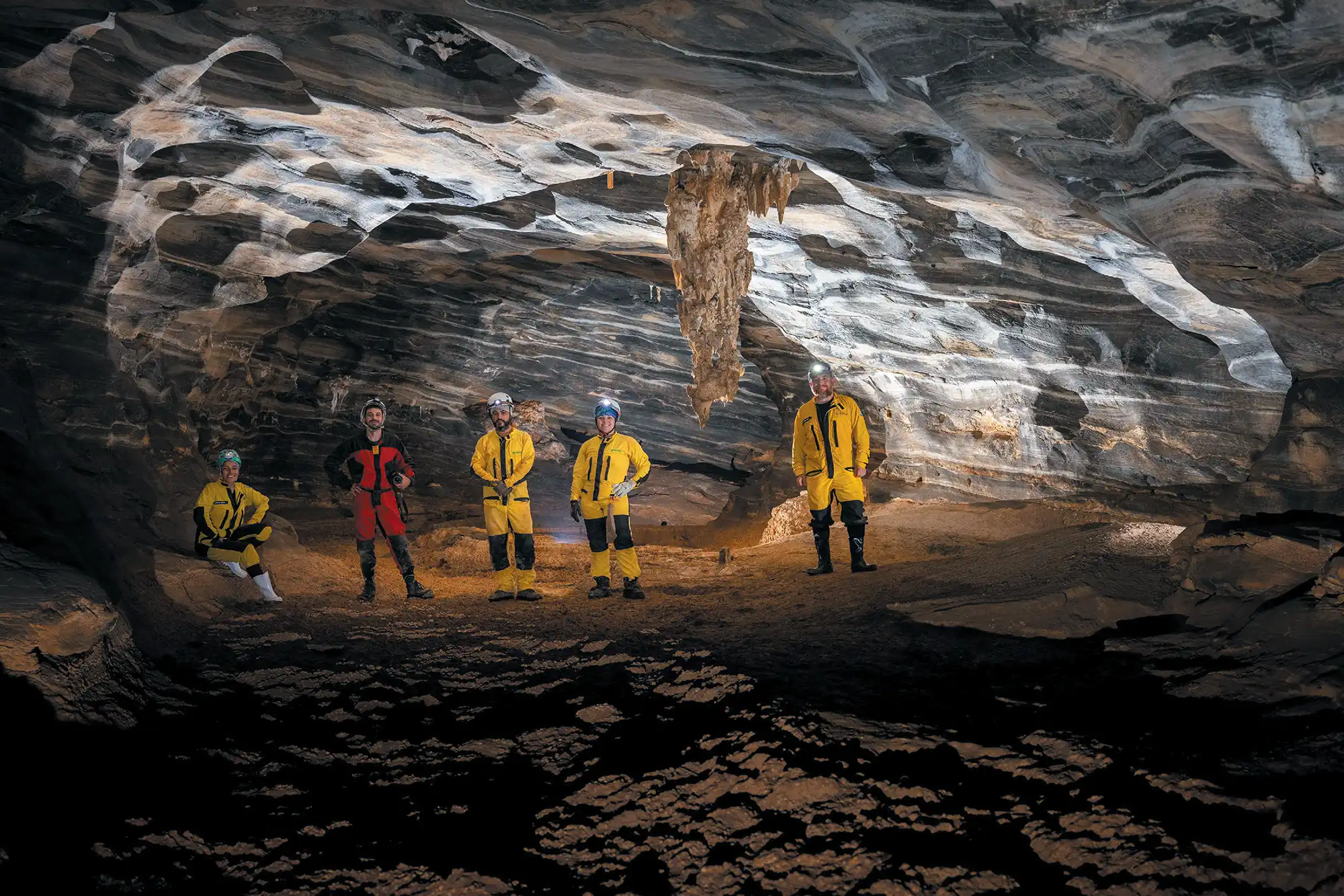
Photo: Jennifer Barros, Ph.D., and MGambaRios
Leadership Team
-
Board of Directors
Dr. Andy Sansom Board Chair
- Eileen Arbues Vice Chair
- Ann George Secretary
- Danielle Gustafson Treasurer
- Dr. Gerald Carter Director
- Gary Dreyzin Director
- Dr. Brock Fenton Director
- Dr. Shahroukh Mistry Director
- Cecily Read Director
- Sandy Read Director
- Dr. Nancy Simmons Director
- Jenn Stephens Director
-
Science Advisory Committee
Dr. Luis F. Aguirre
- Dr. Enrico Bernard
- Dr. Sara Bumrungsri
- Dr. Gerald Carter
- Dr. Charles Chester
- Dr. Liliana M. Dávalos
- Dr. Brock Fenton
- Dr. Tigga Kingston
- Dr. Gary F. McCracken
- Dr. Stuart Parsons
- Dr. Paul A. Racey
- Dr. Danilo Russo
- Dr. Nancy Simmons
- Dr. Paul W. Webala
-
Senior Leadership
Mike Daulton Executive Director
- Mylea Bayless Chief of Strategic Partnerships
- Dr. Winifred Frick Chief Scientist
- Michael Nakamoto Chief Operations Officer
- Kevin Pierson Chief of Conservation and Global Strategy


